

...













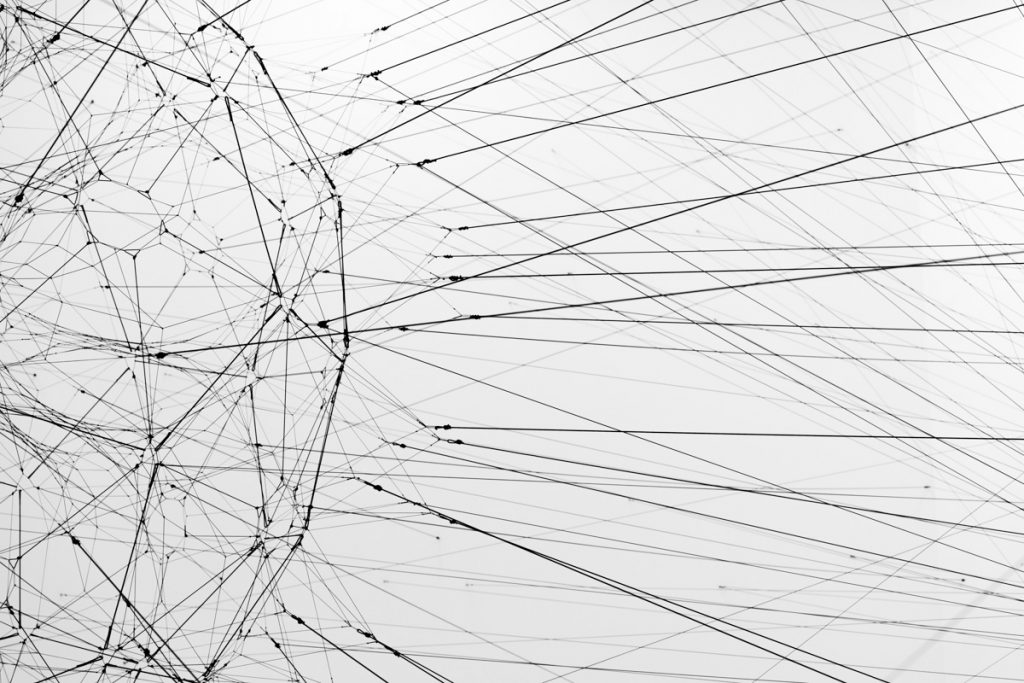








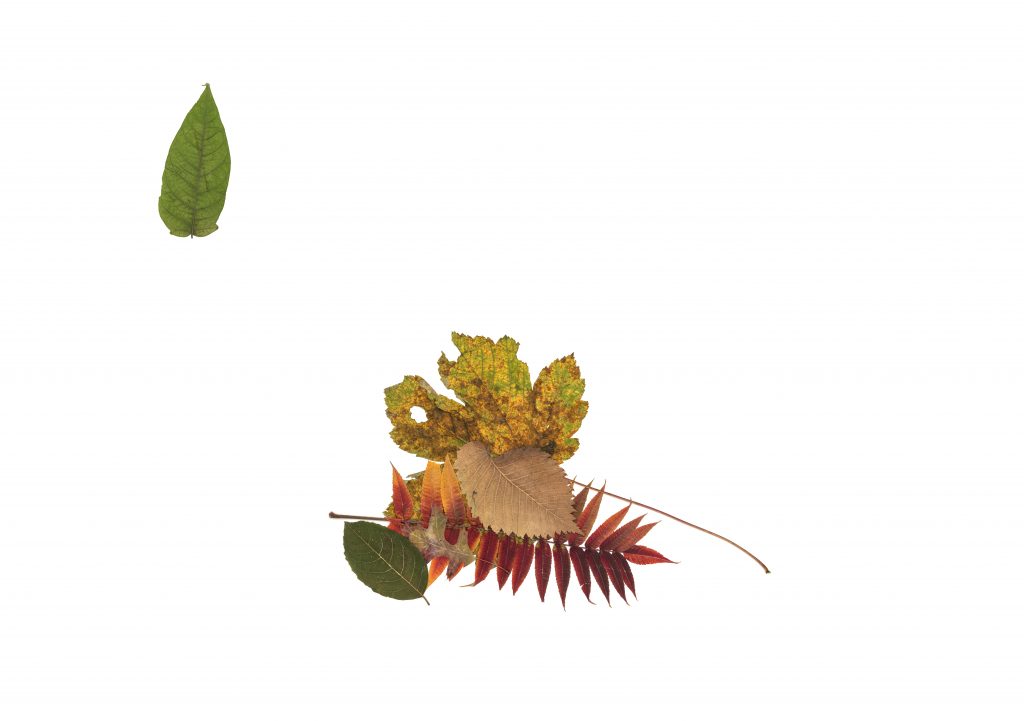

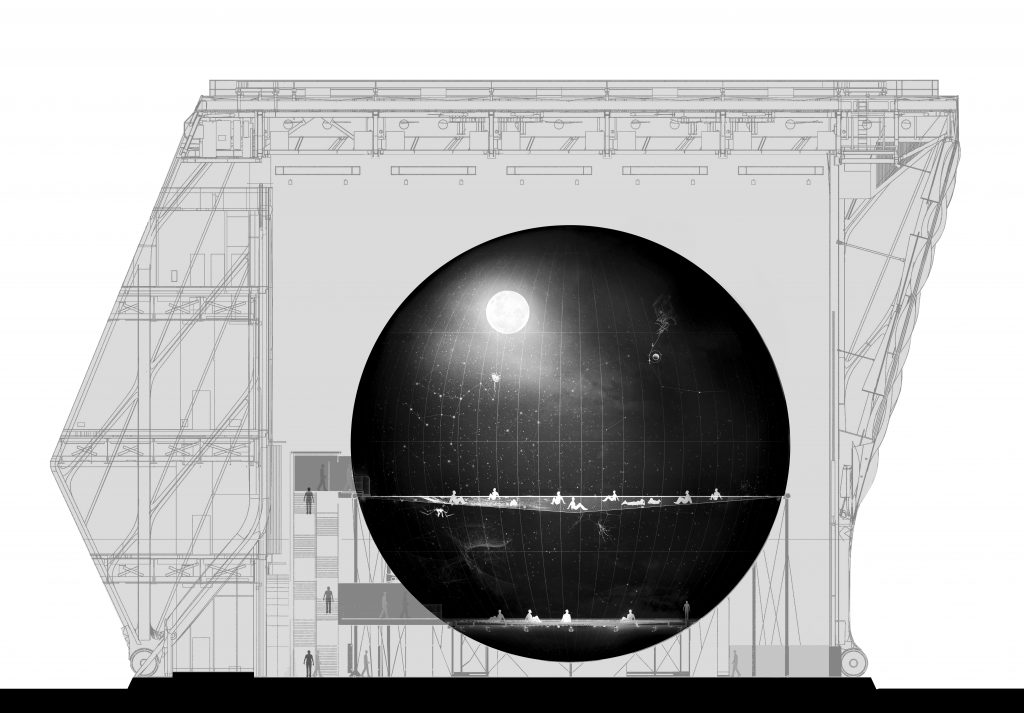
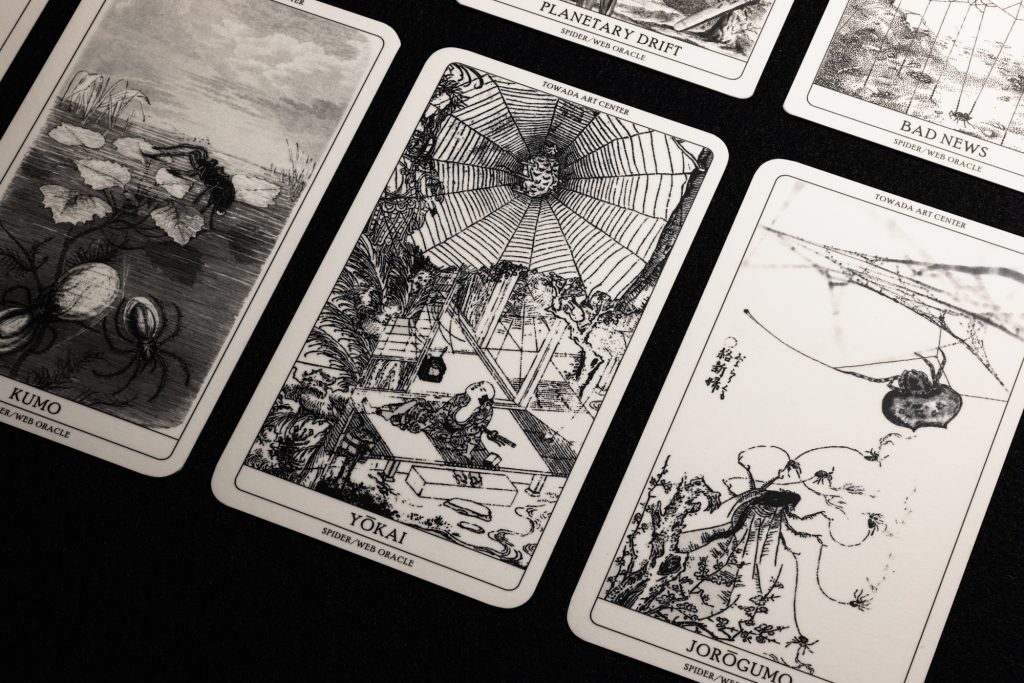




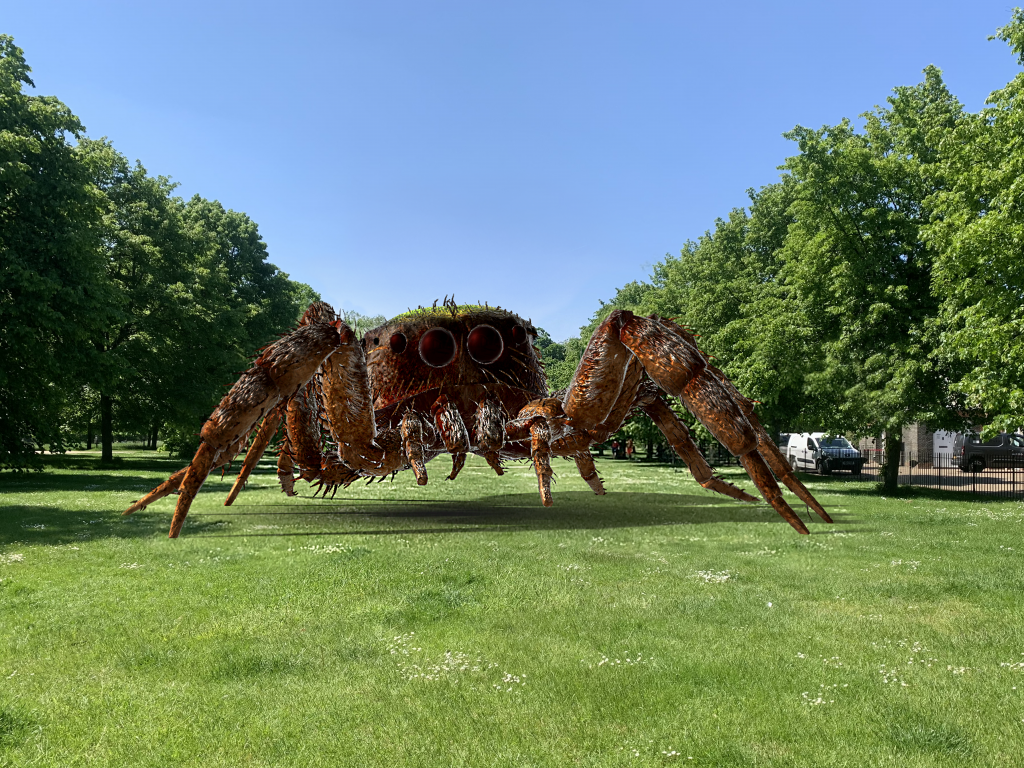
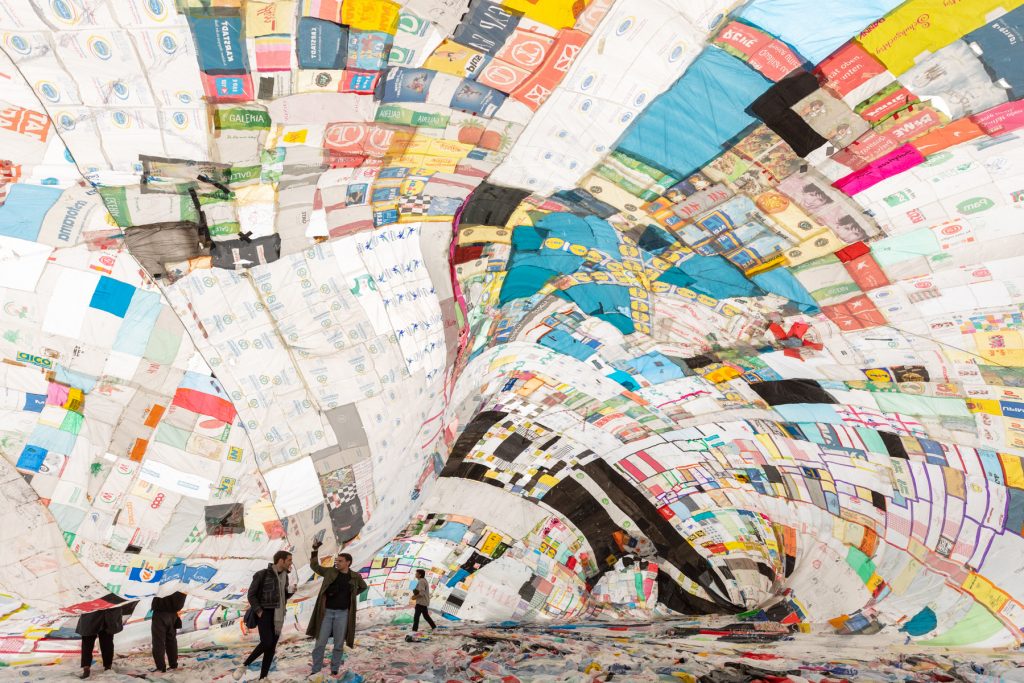






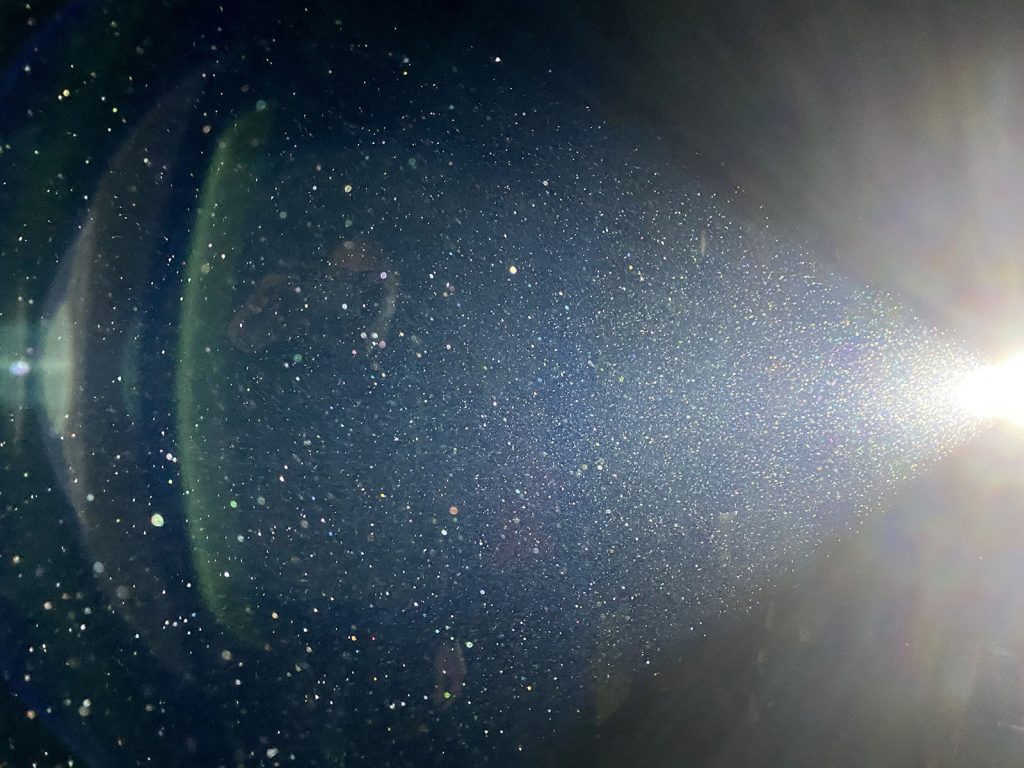


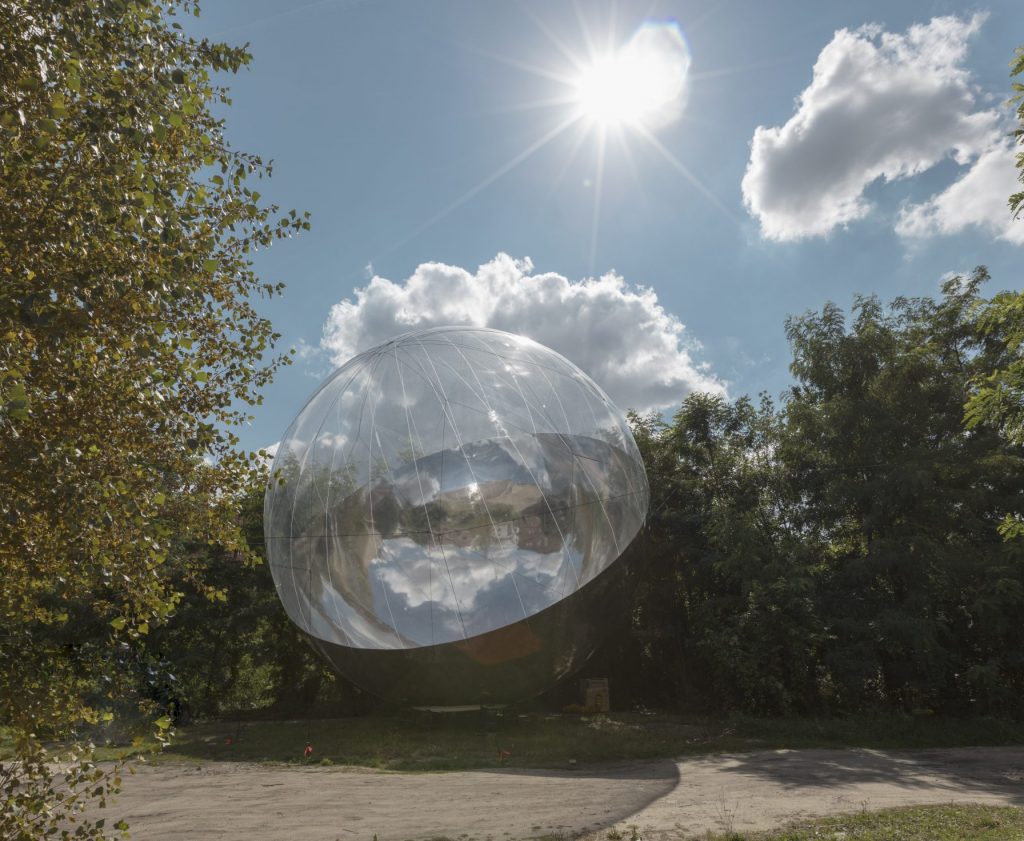


















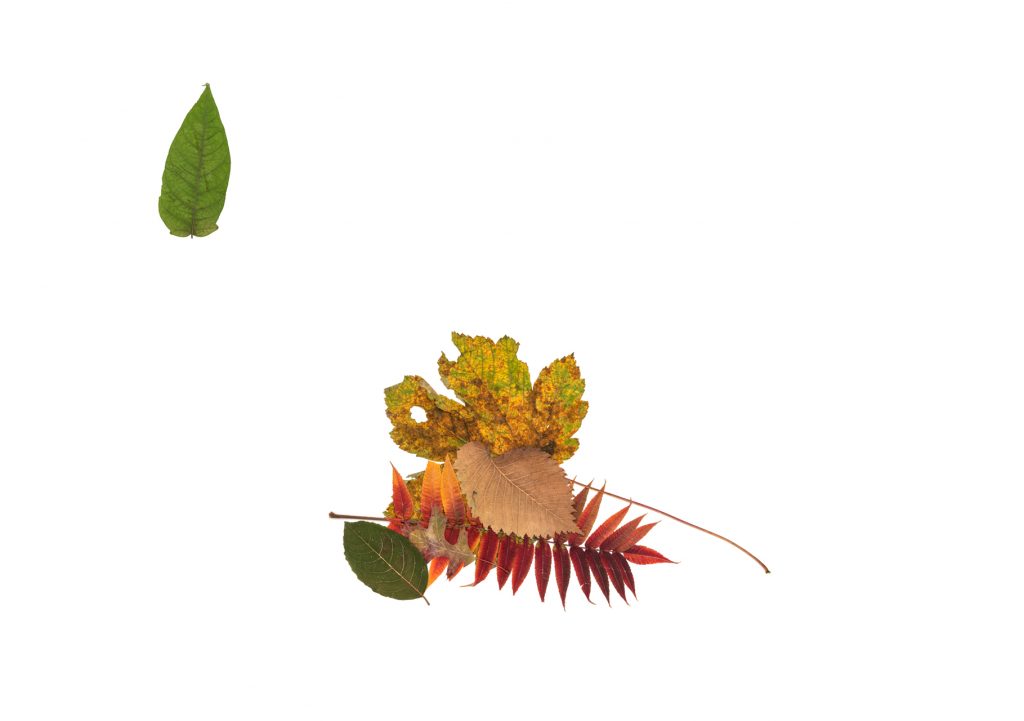

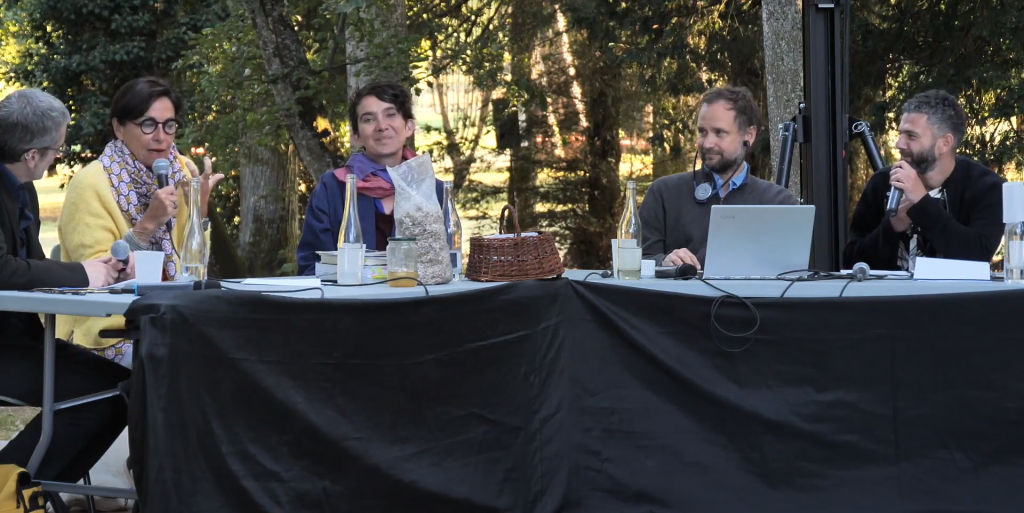
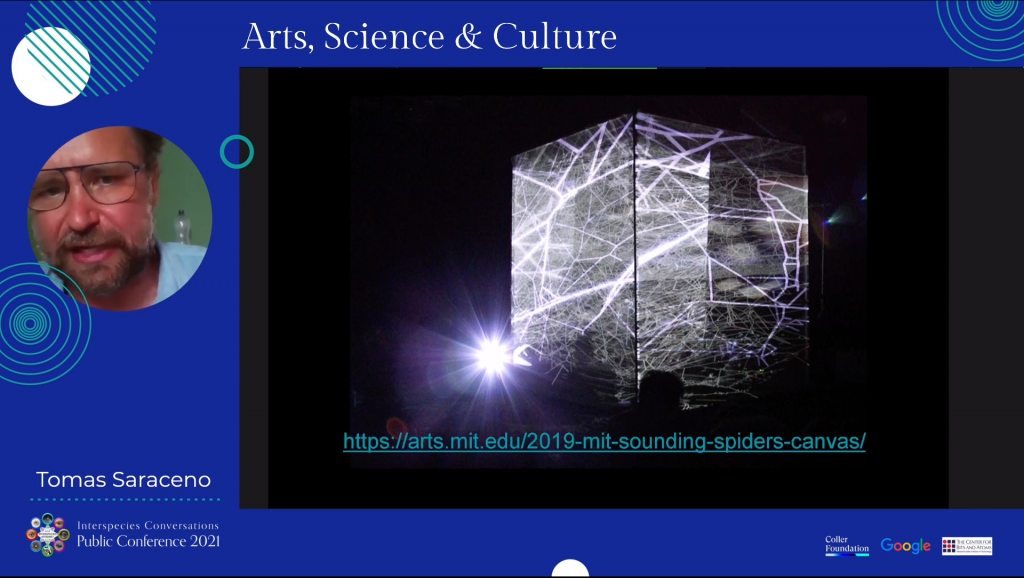

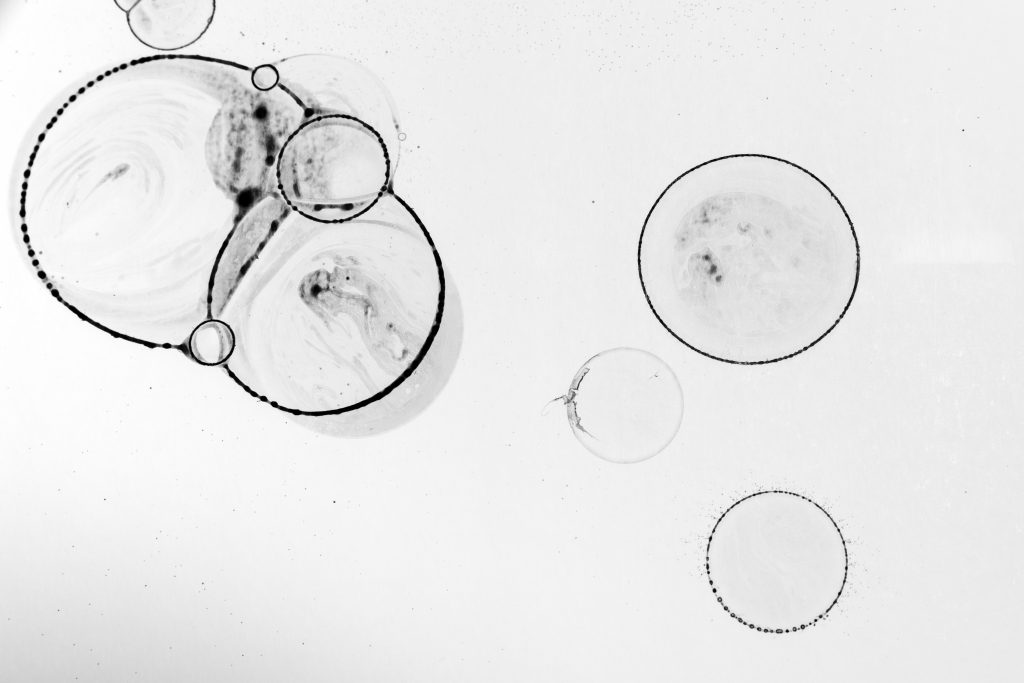
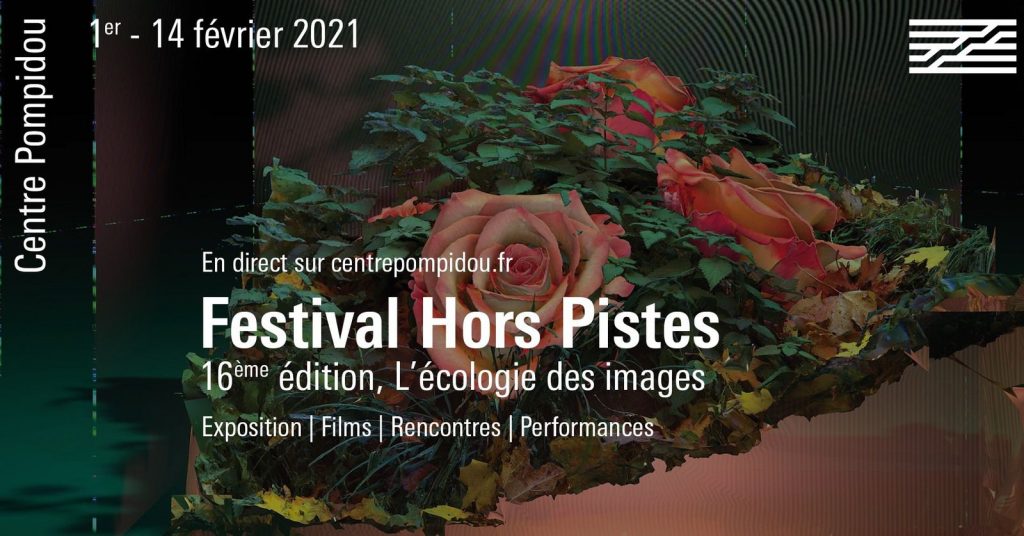
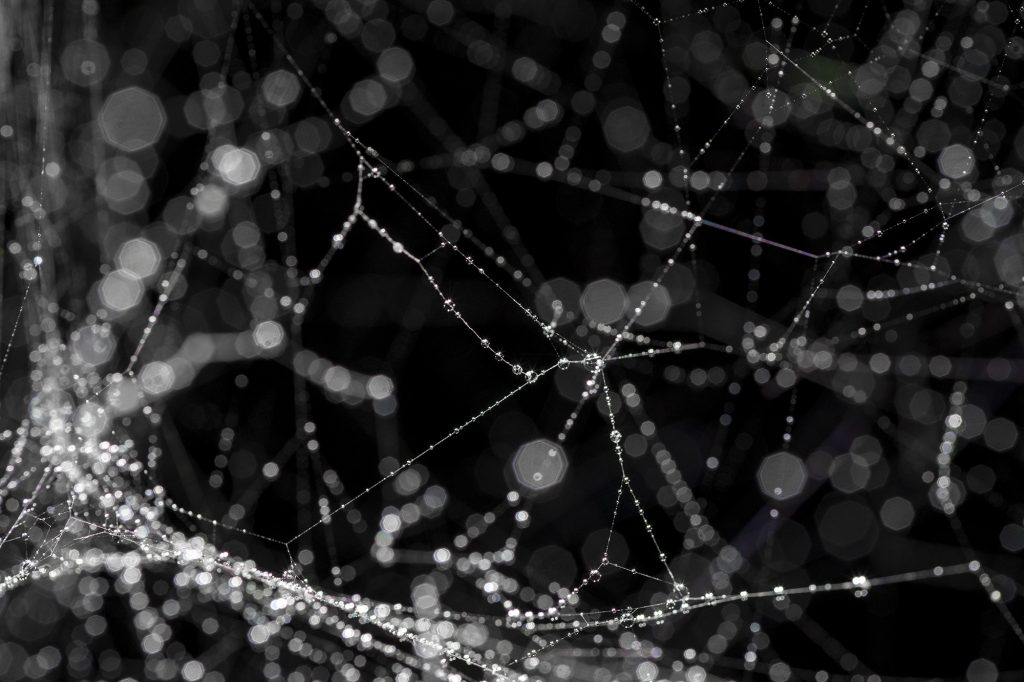

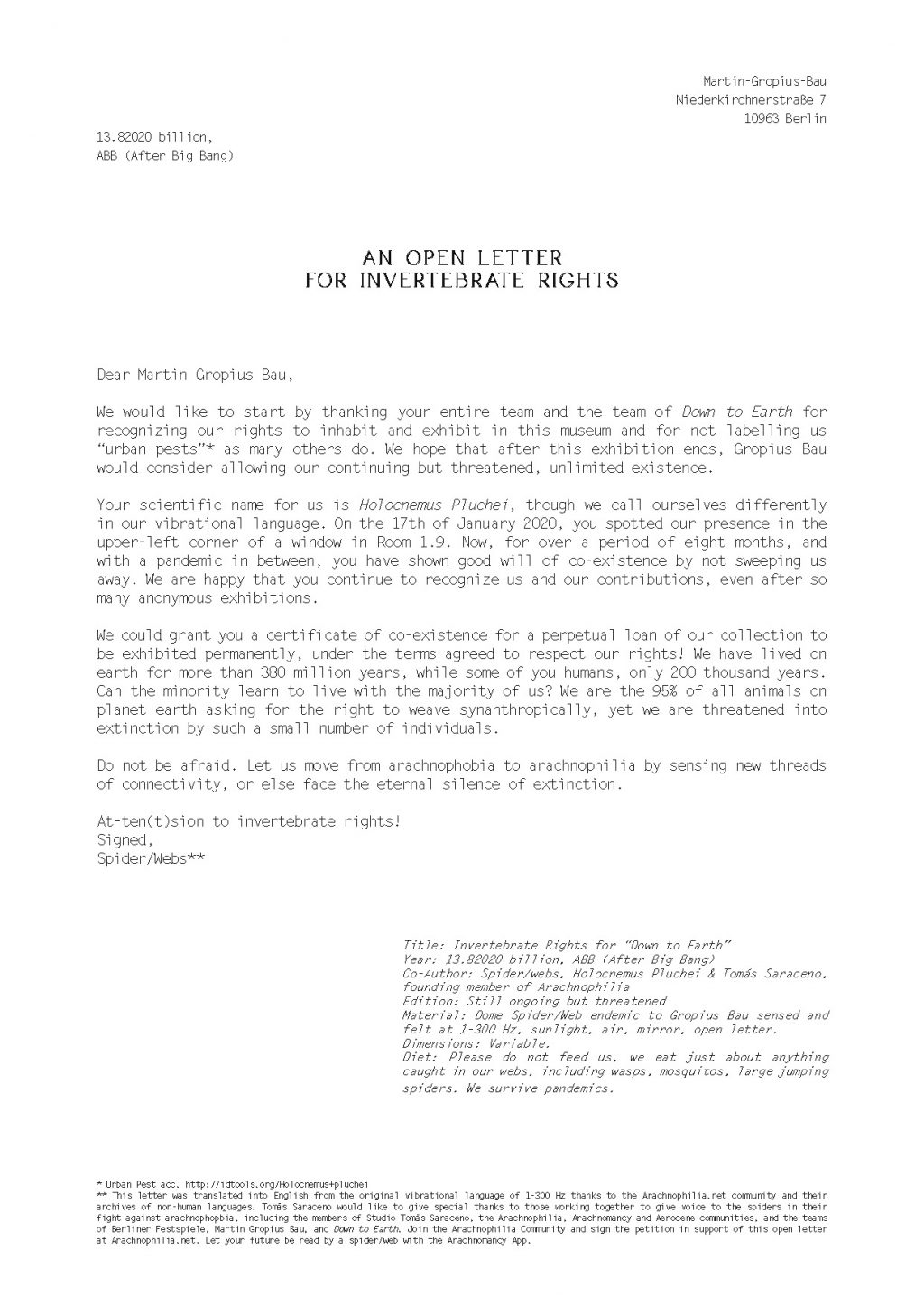
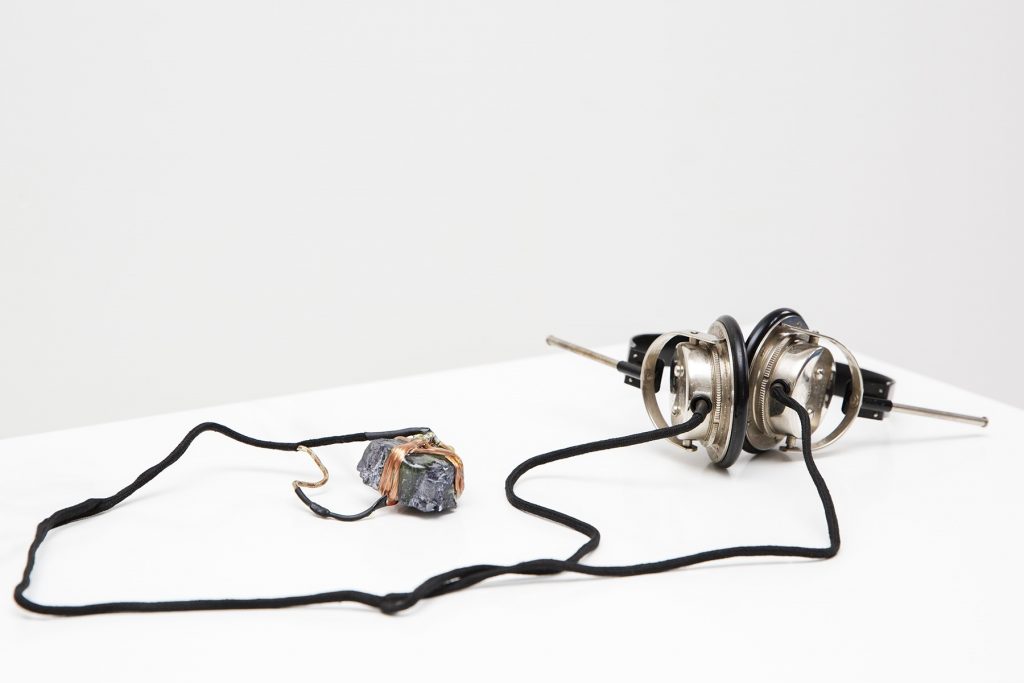
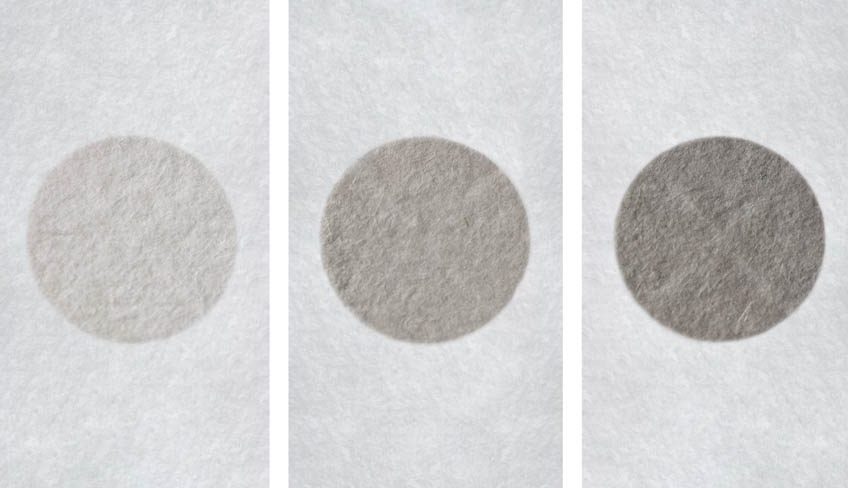
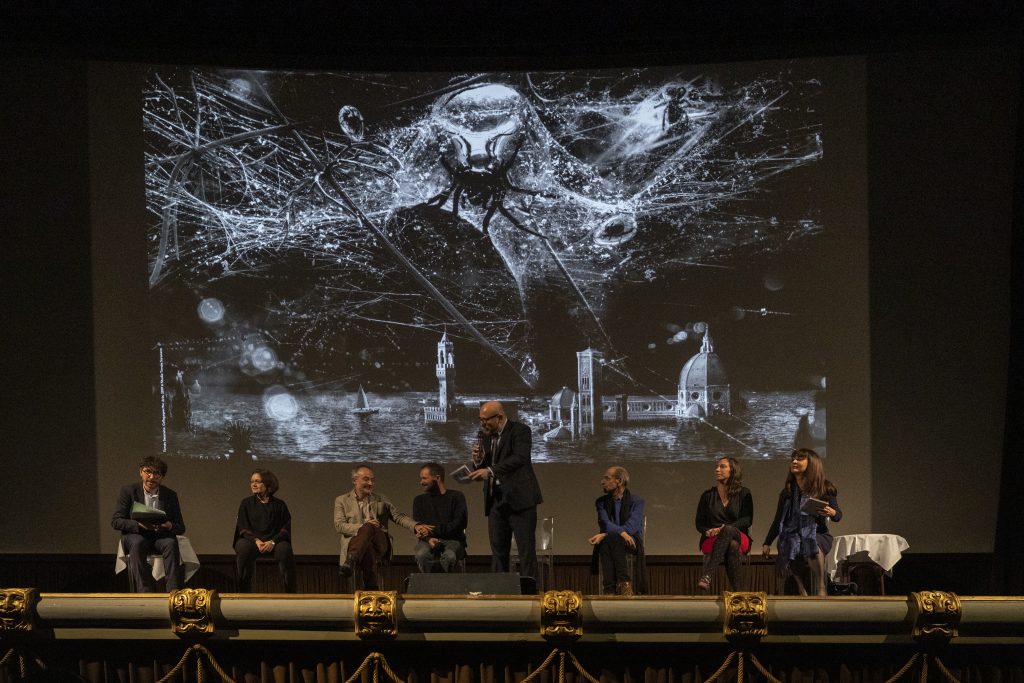
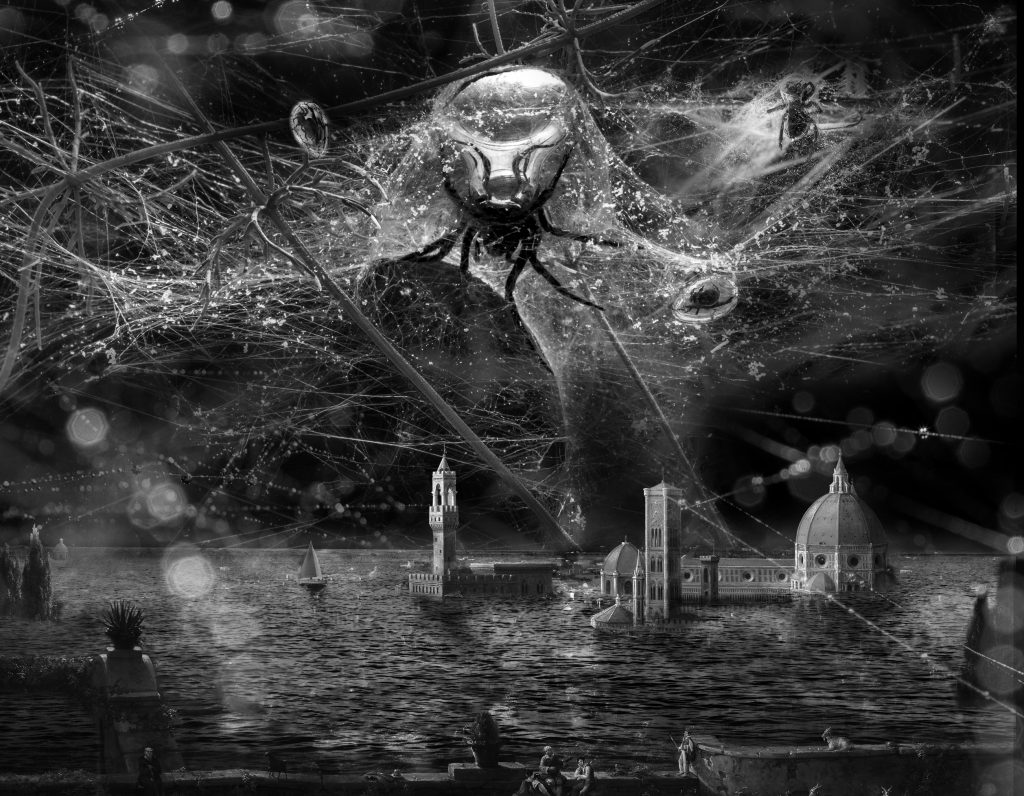
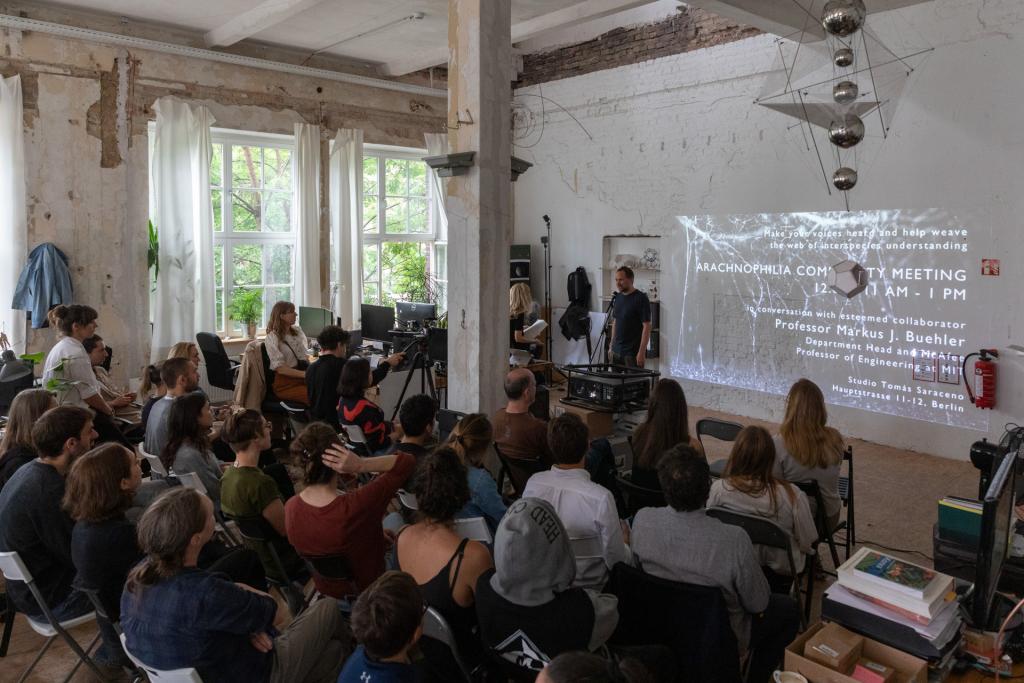





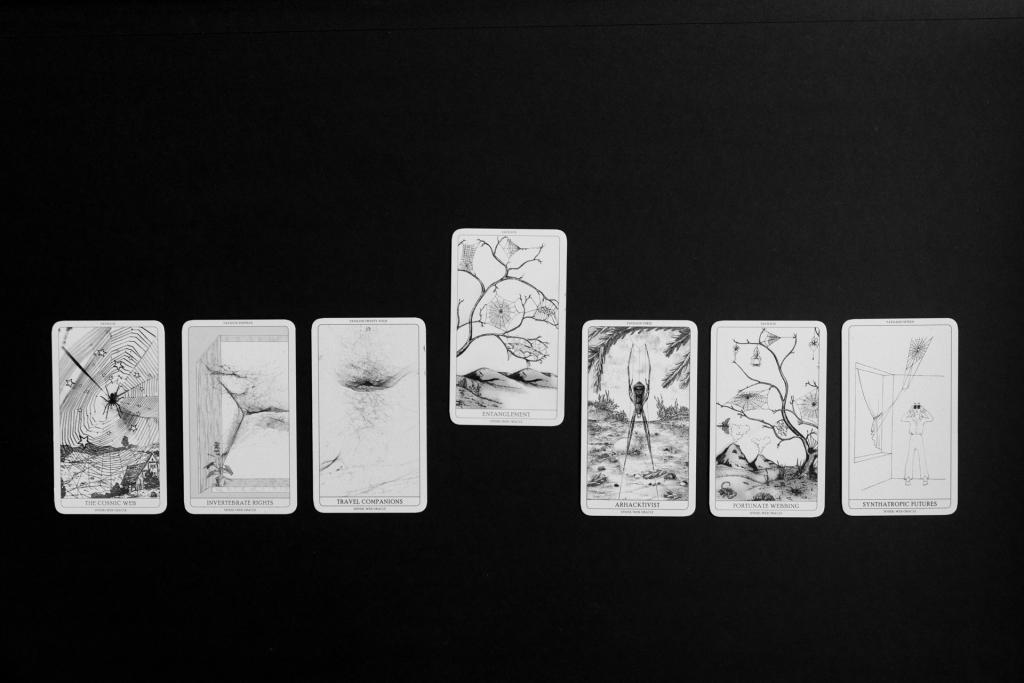

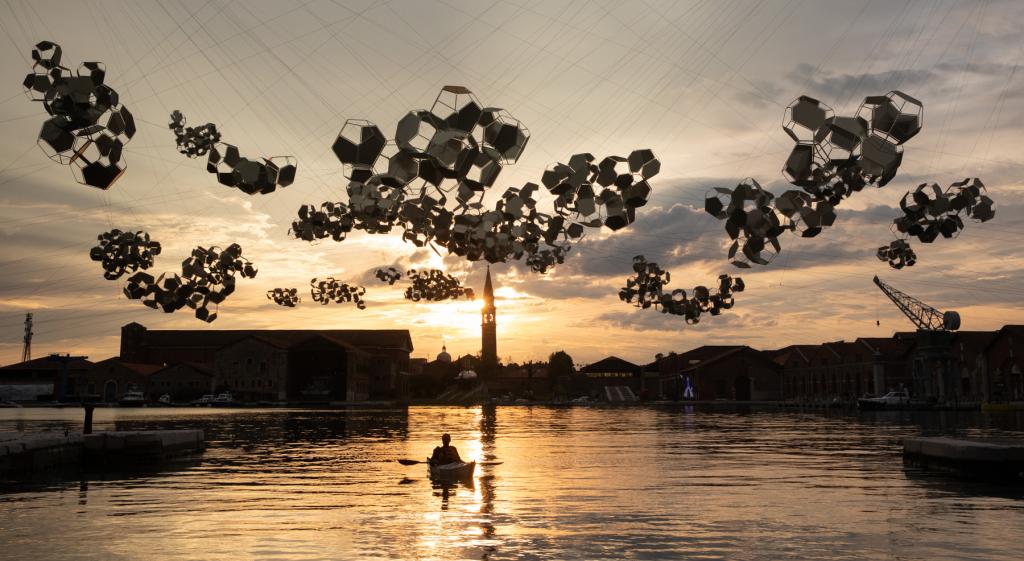

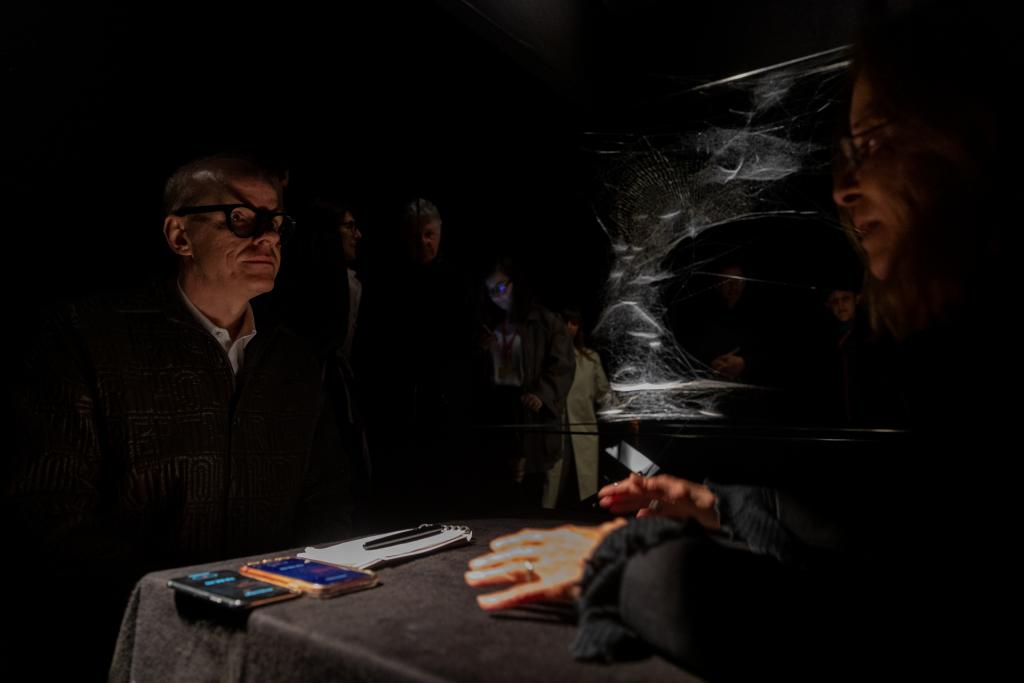
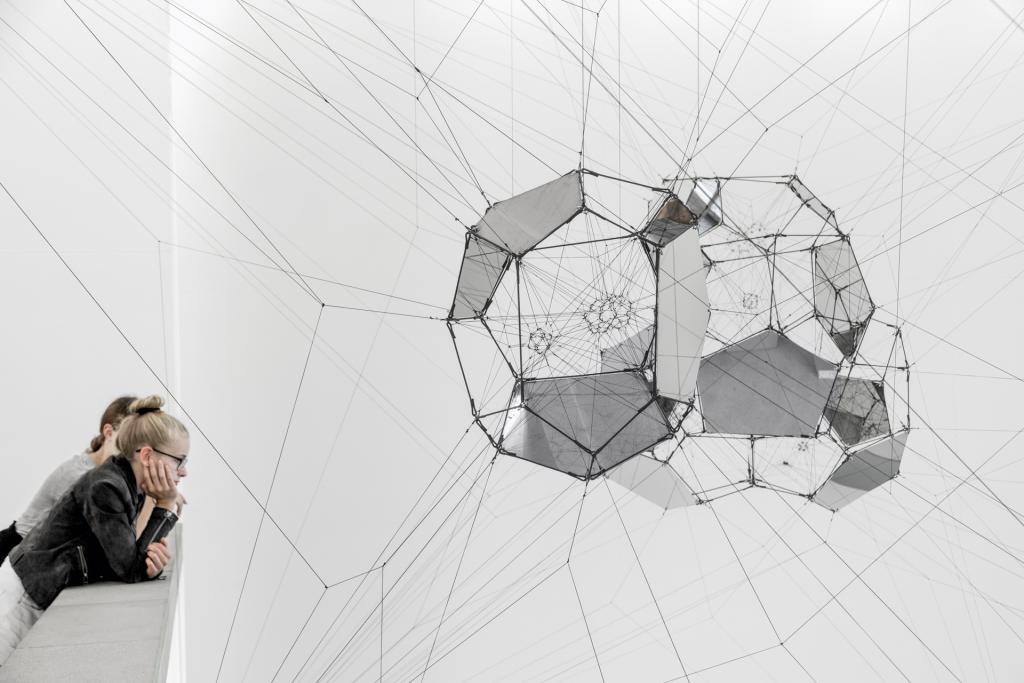

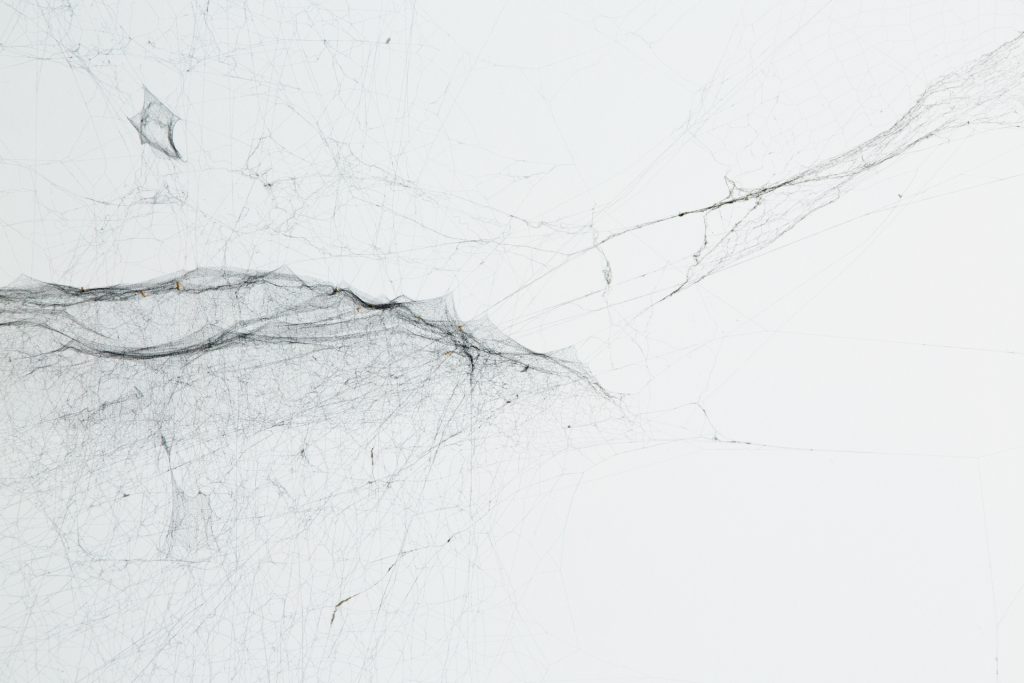
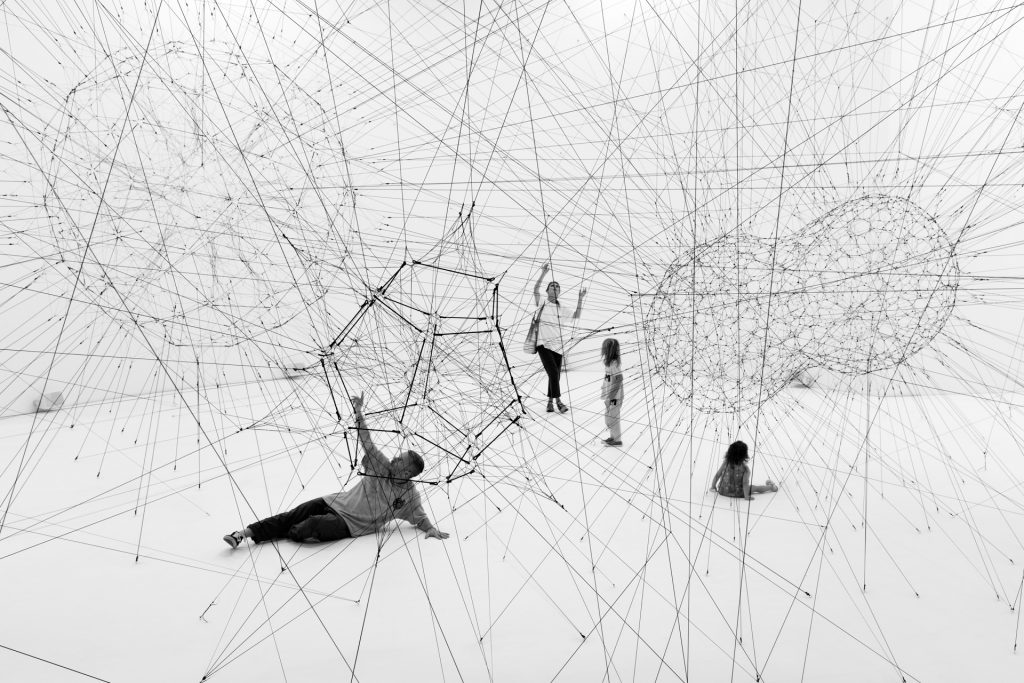

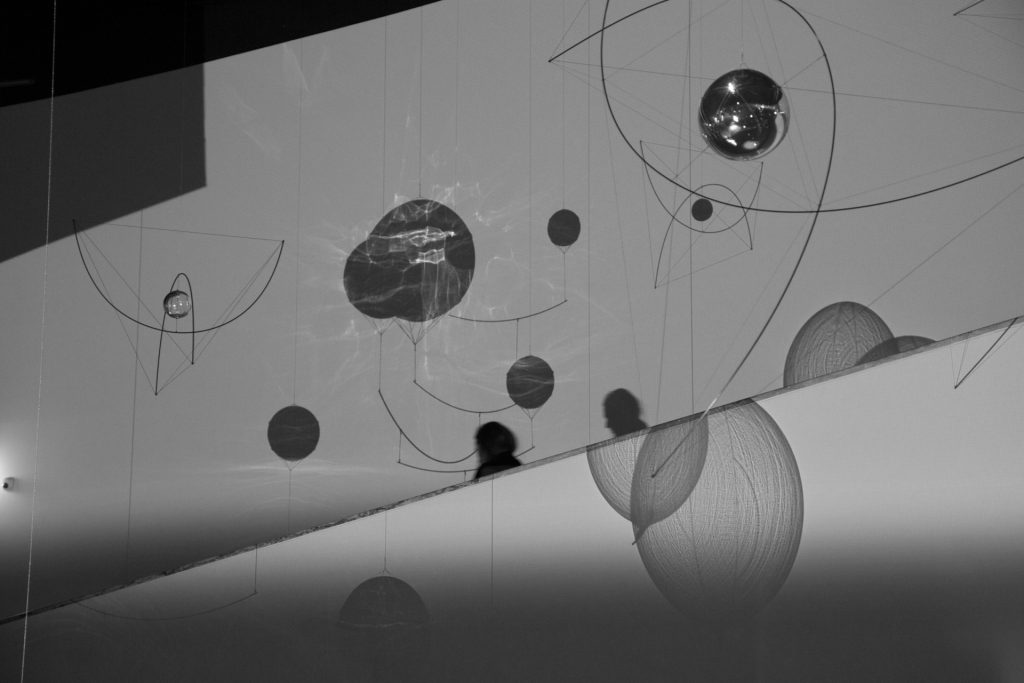
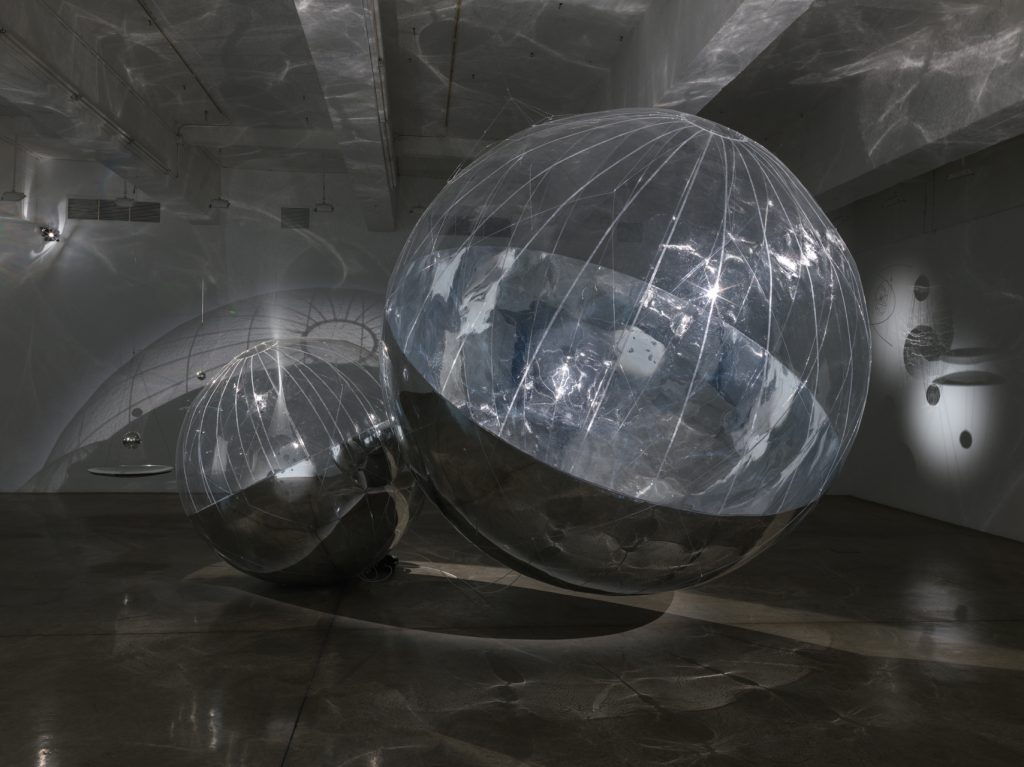

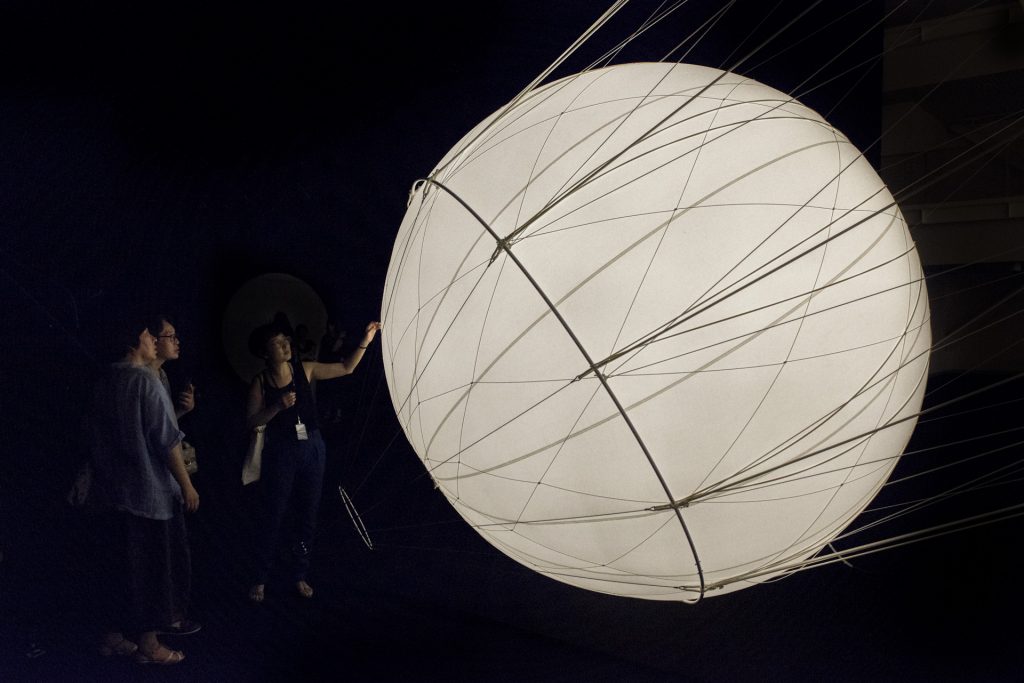

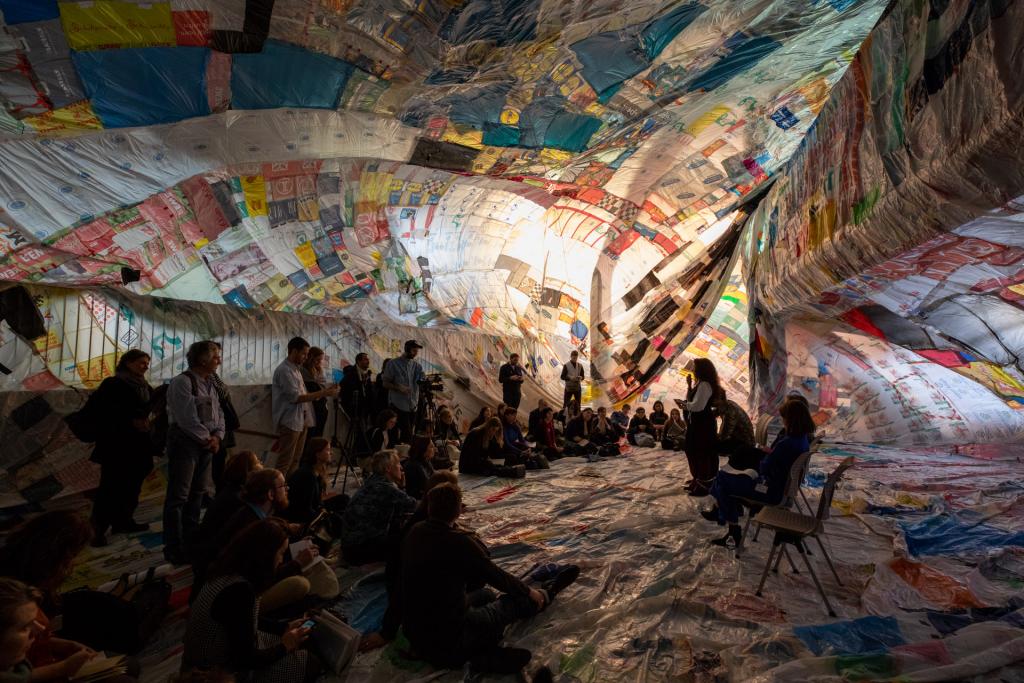
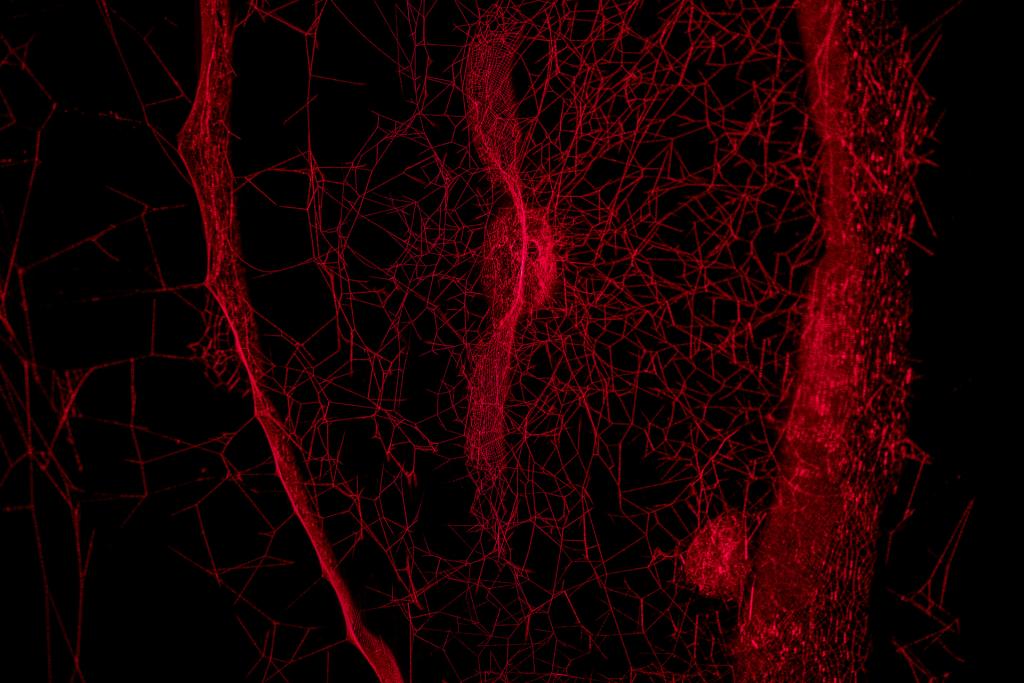
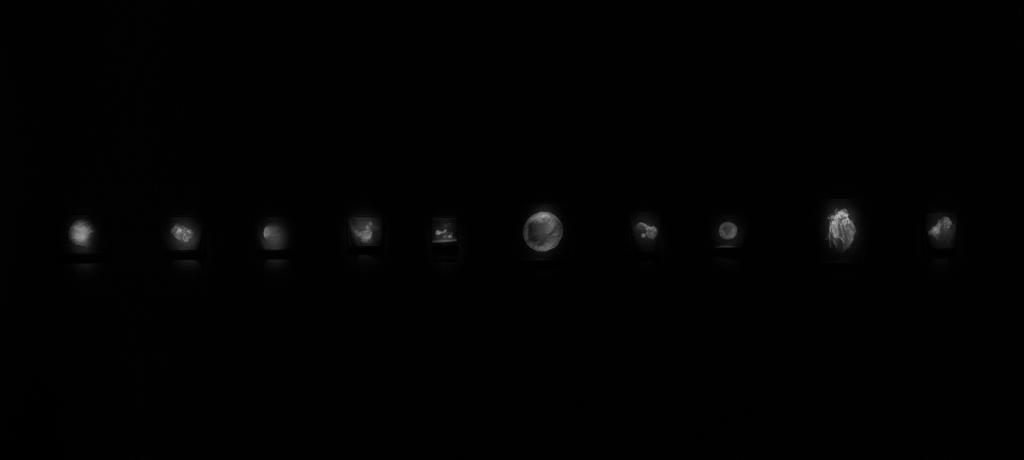

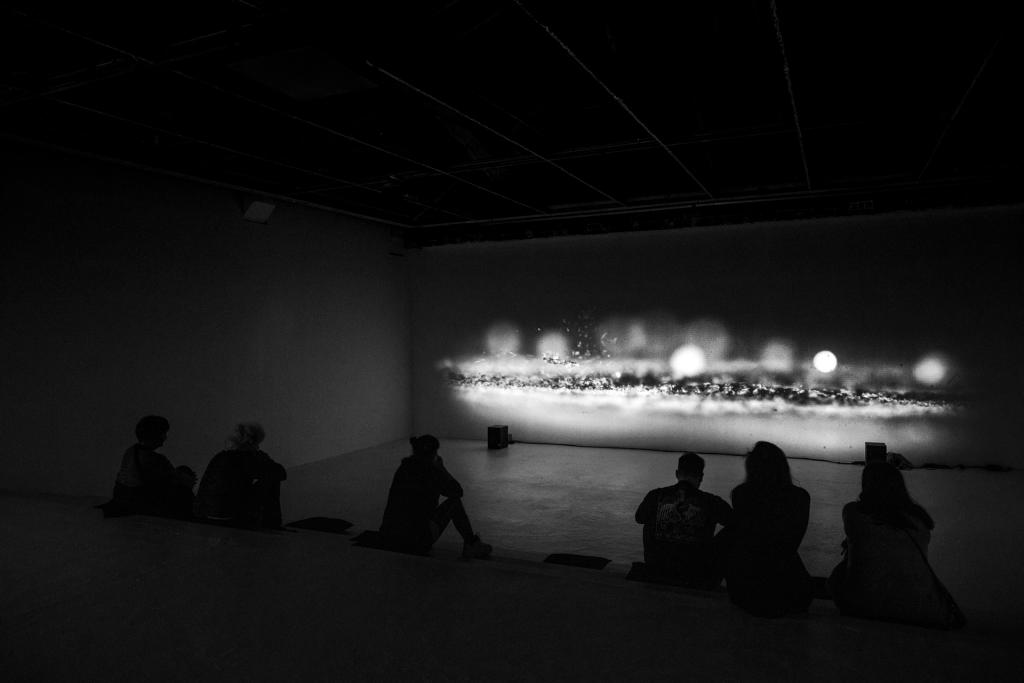
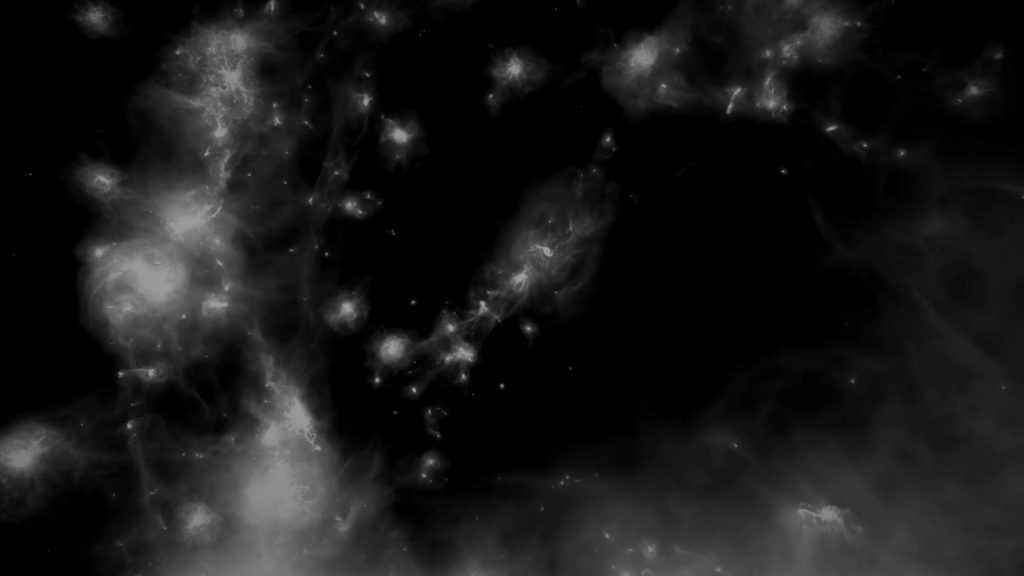
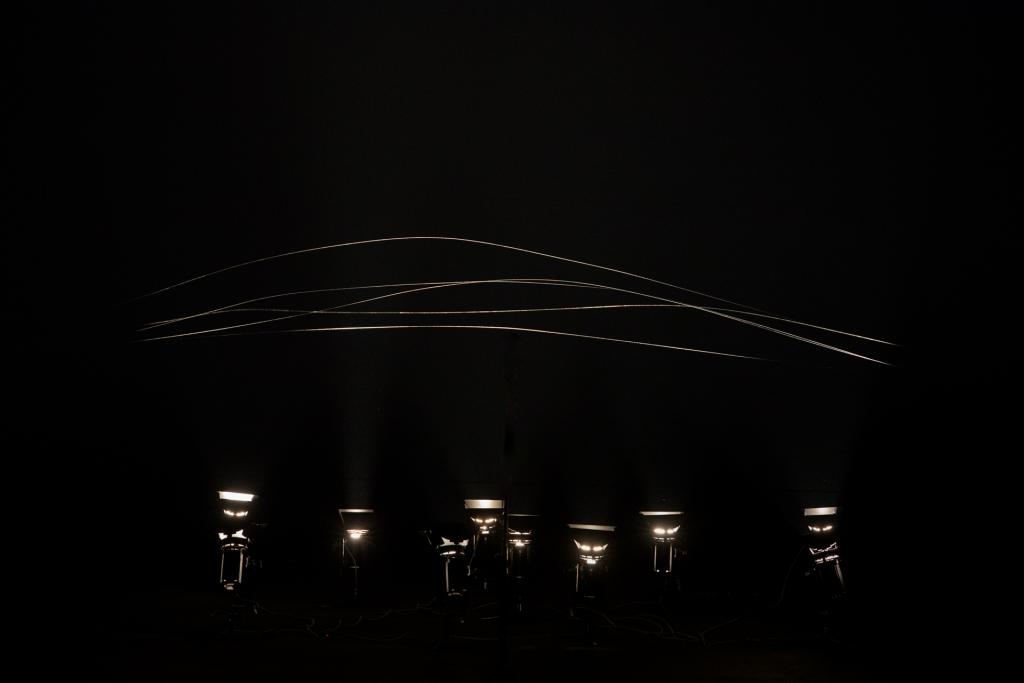

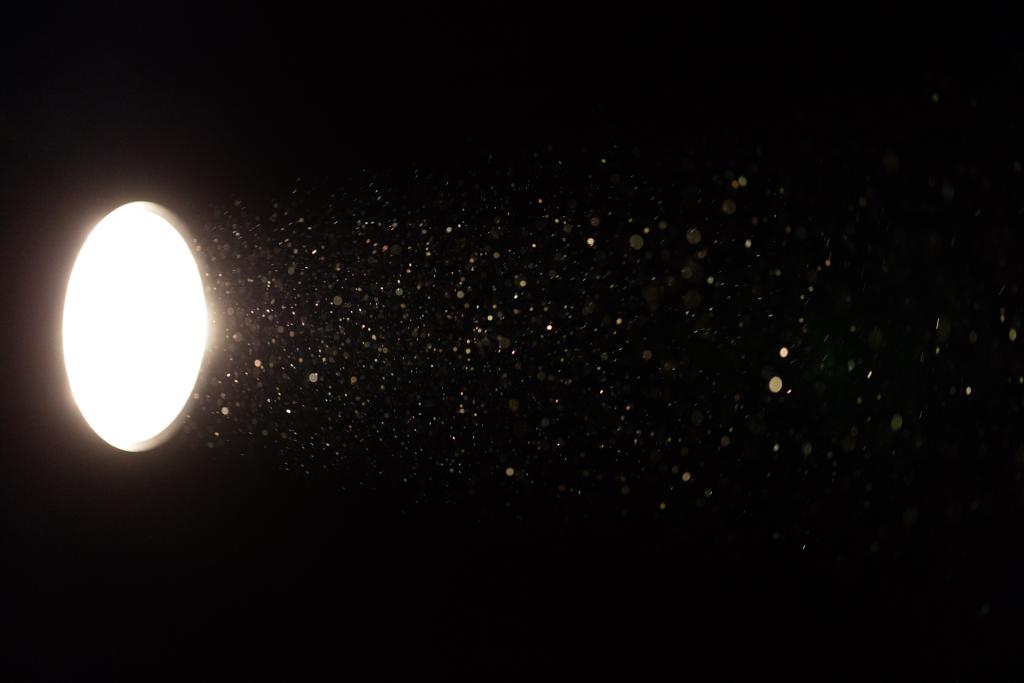
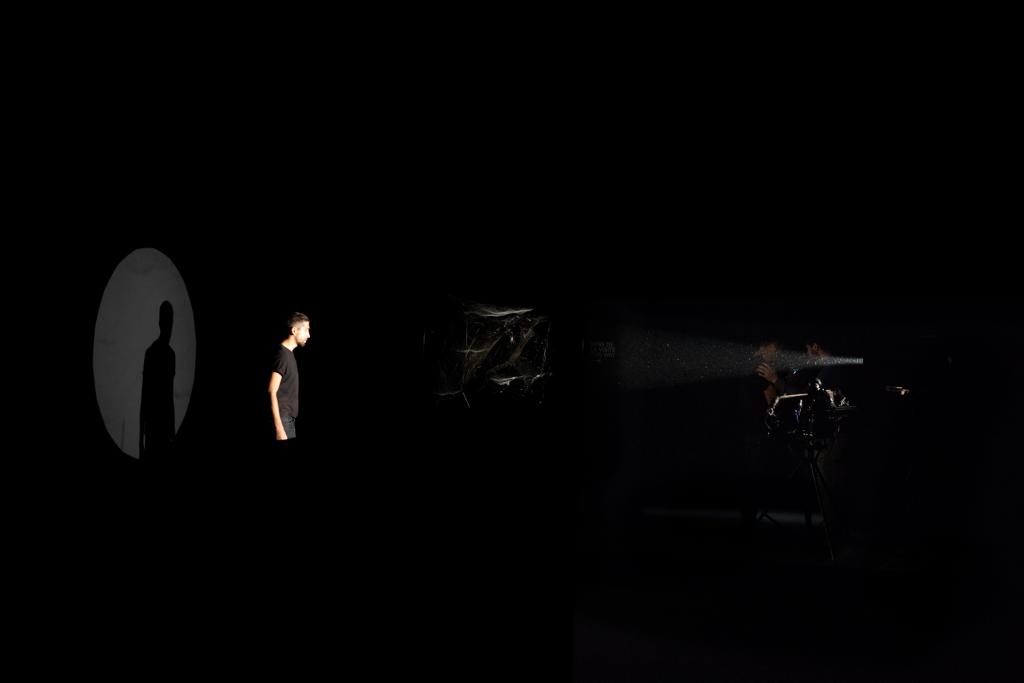


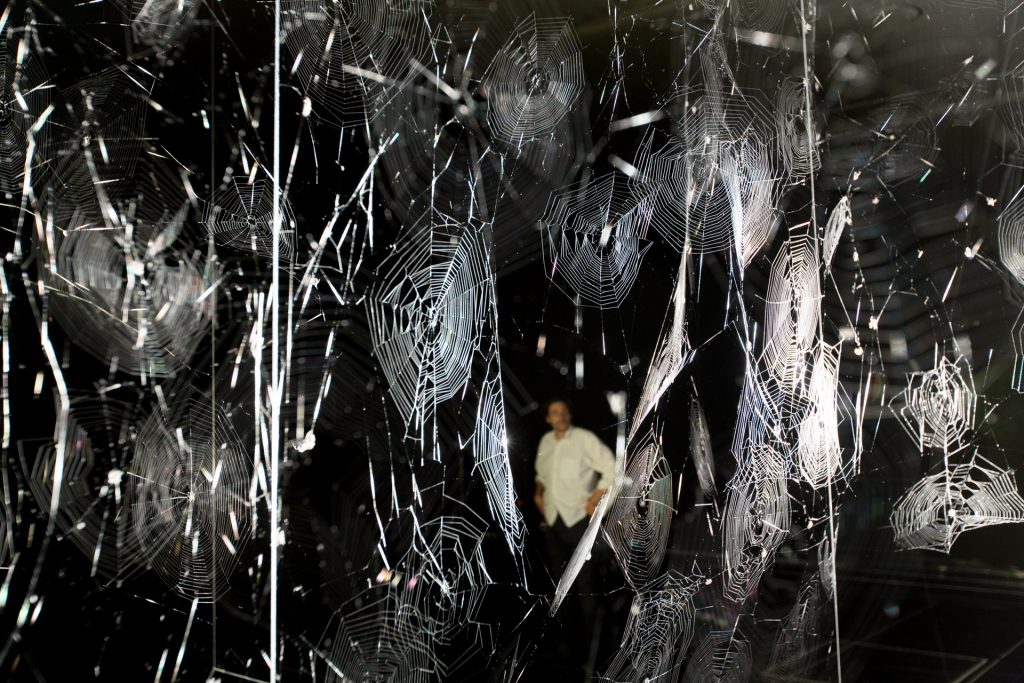









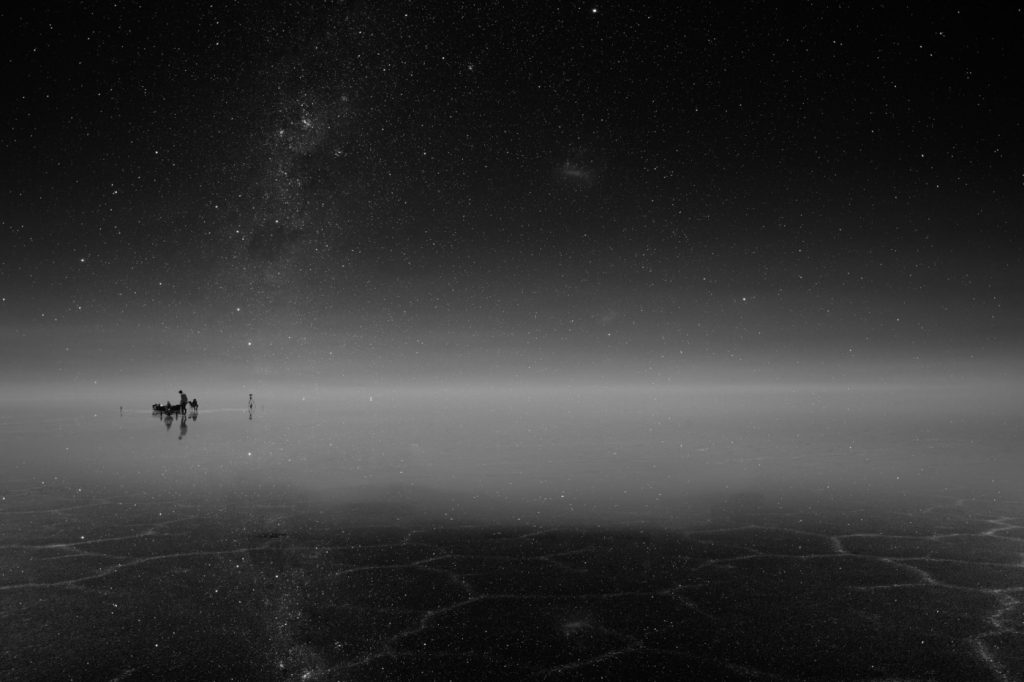








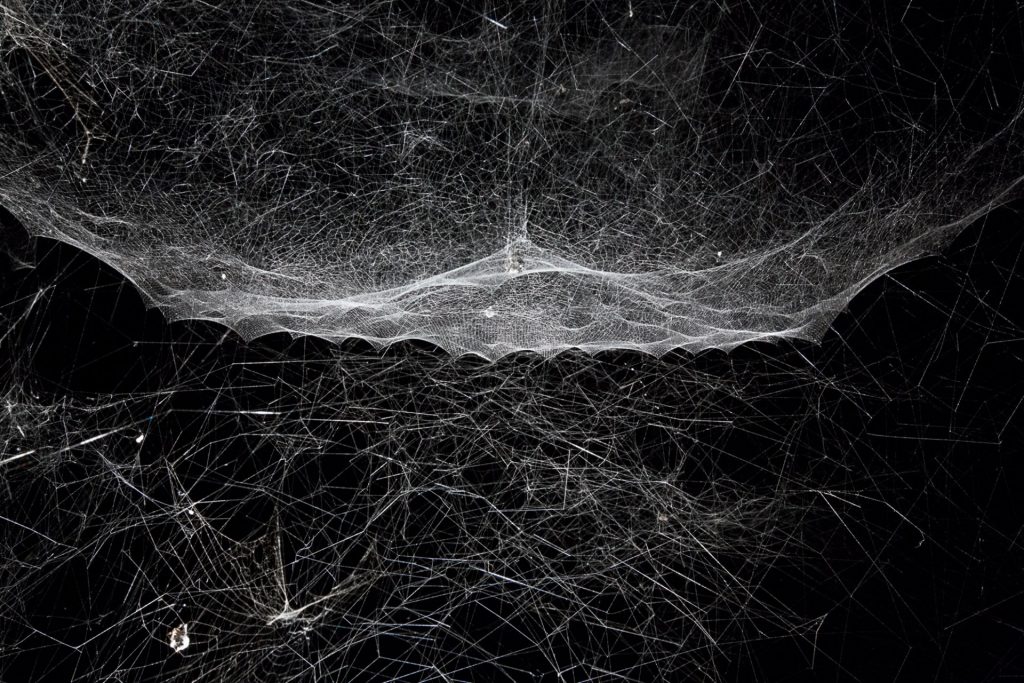
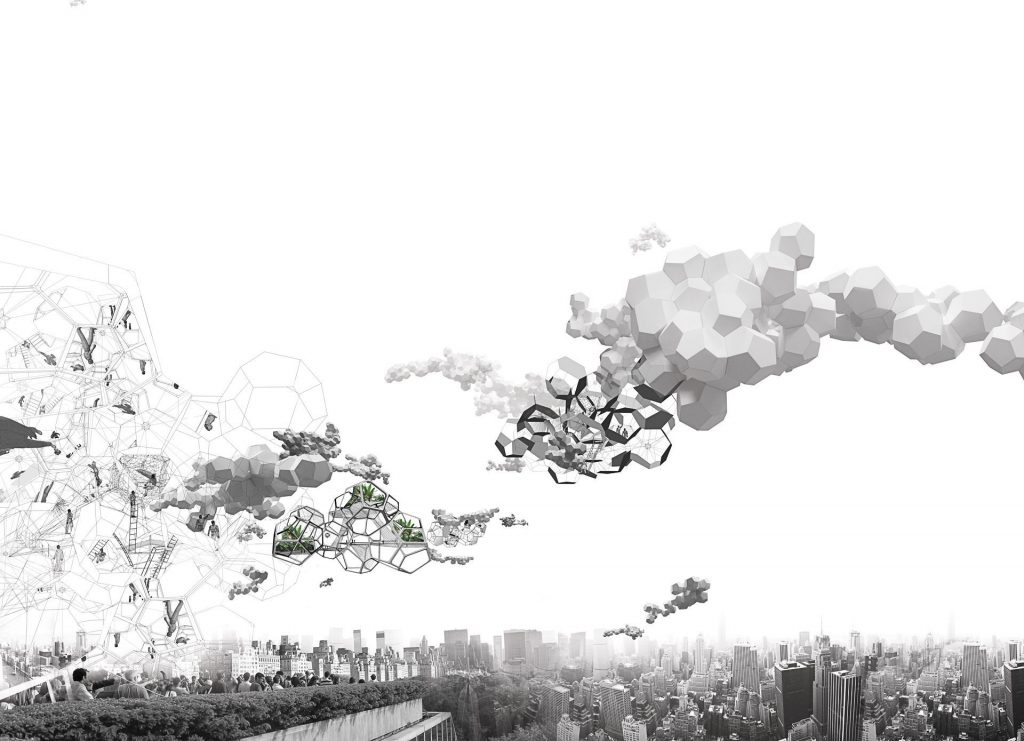
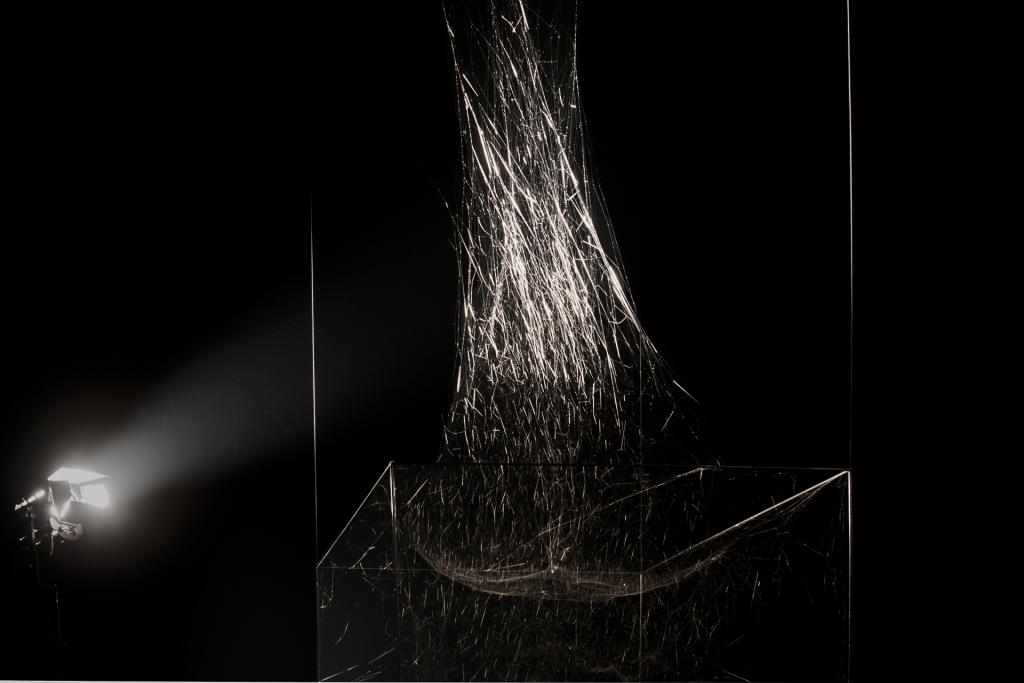
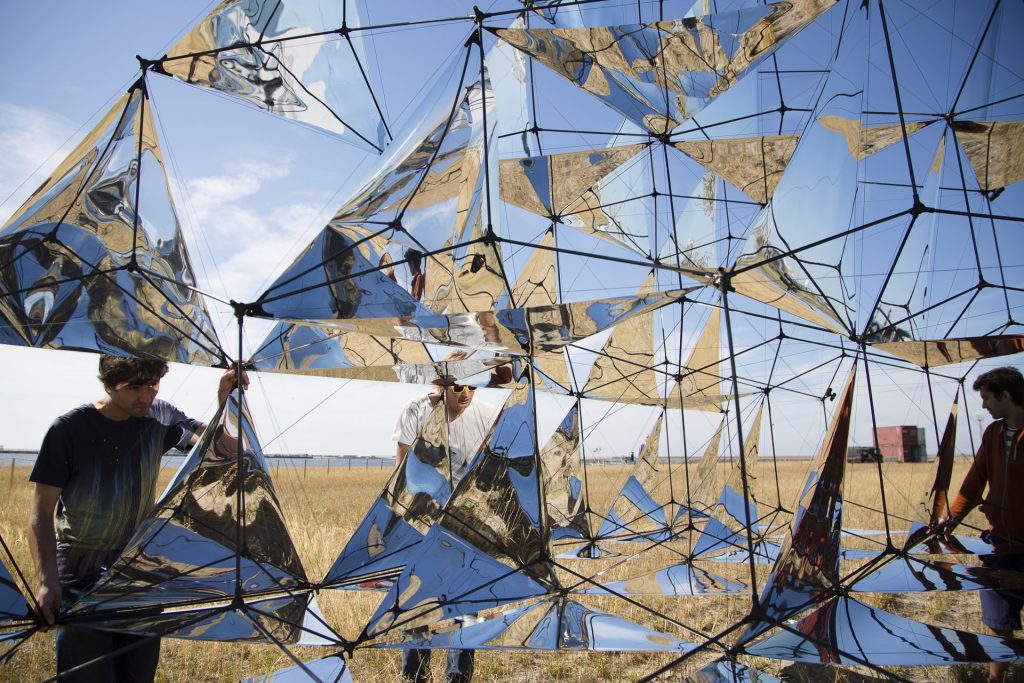

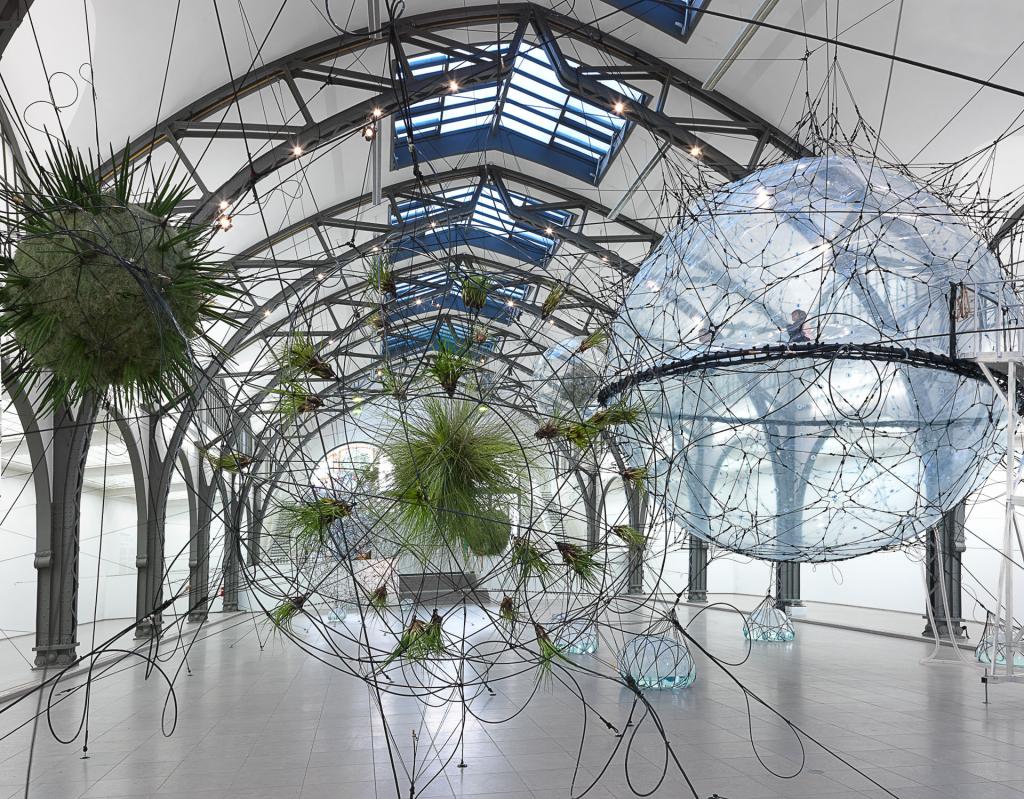
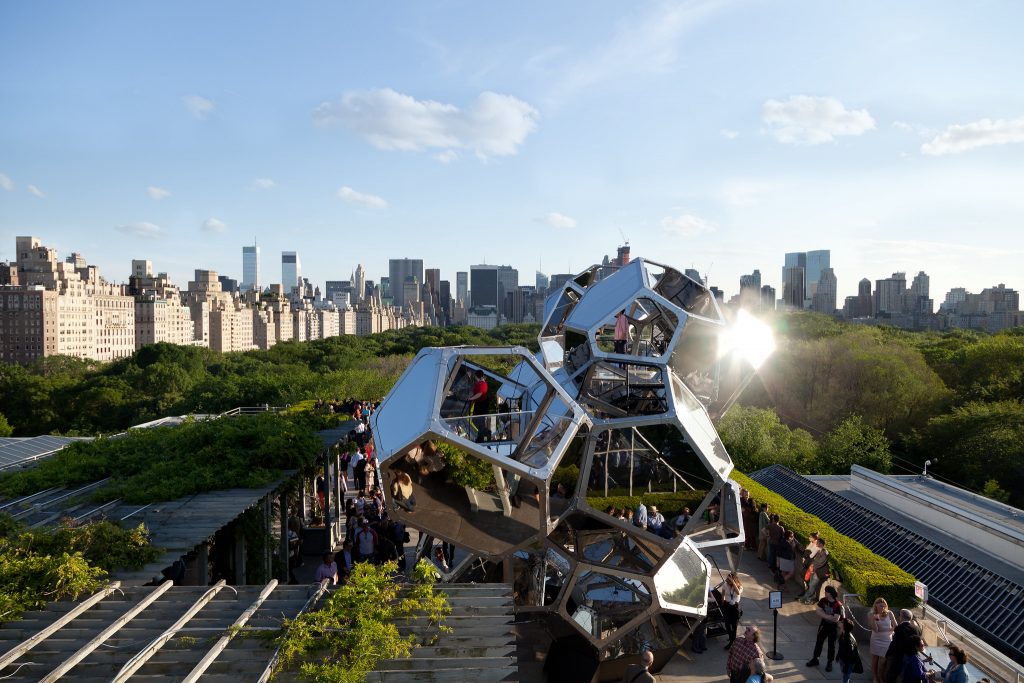


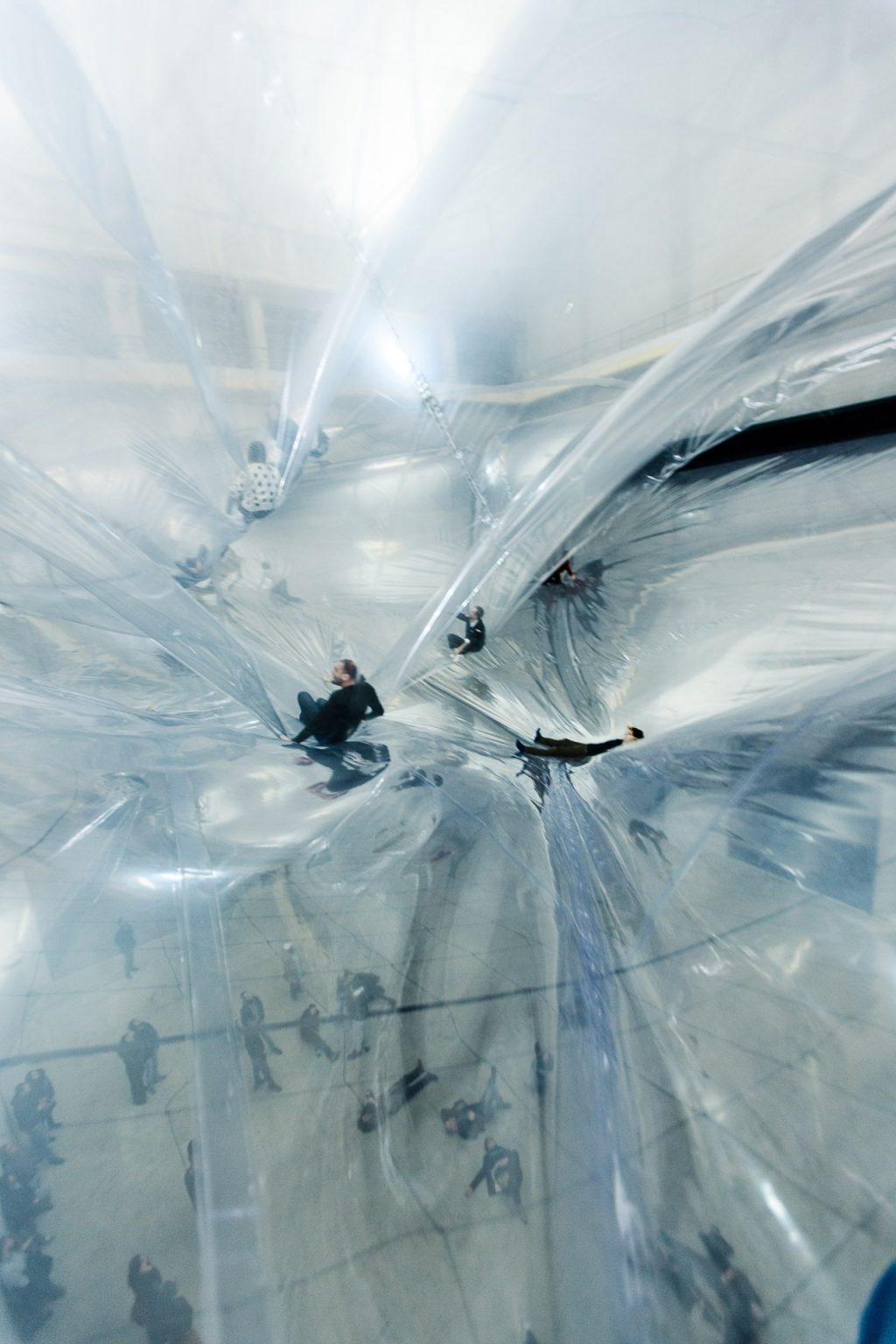
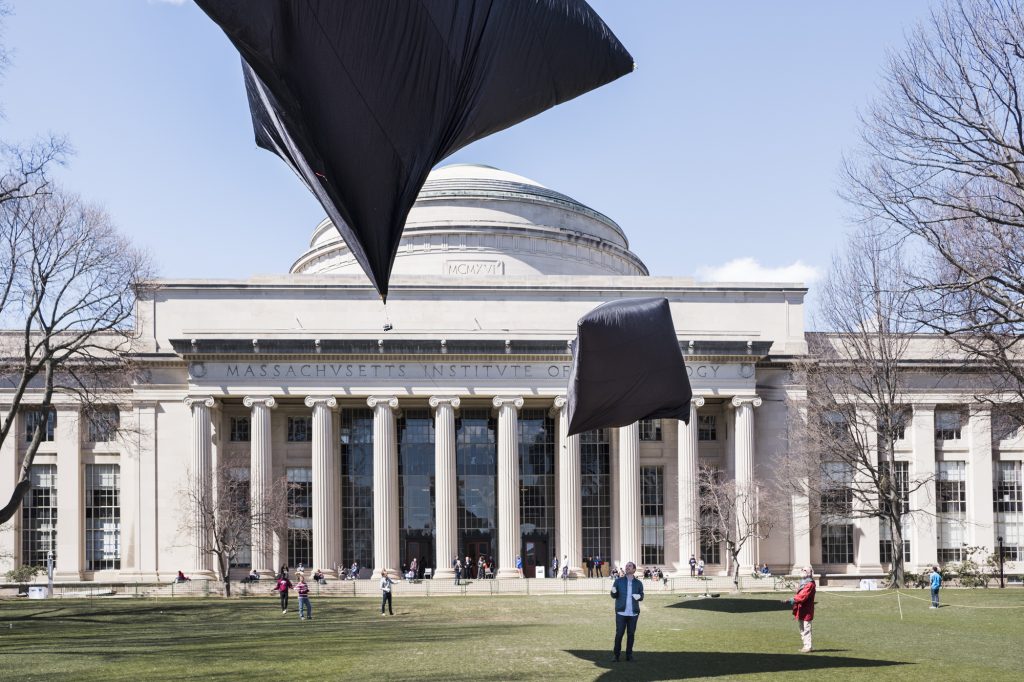



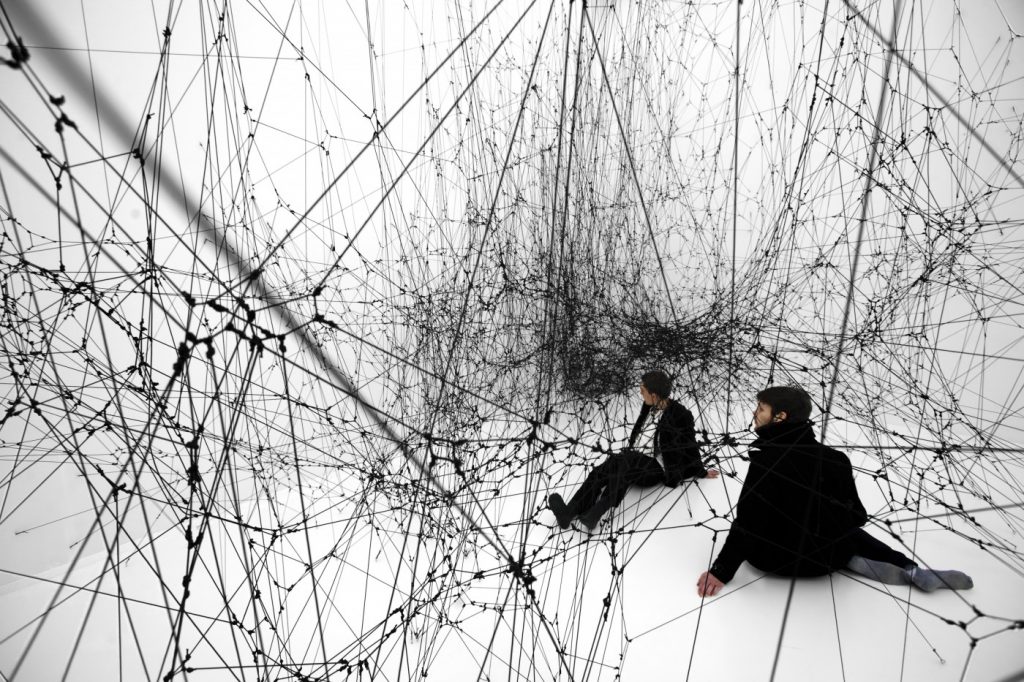


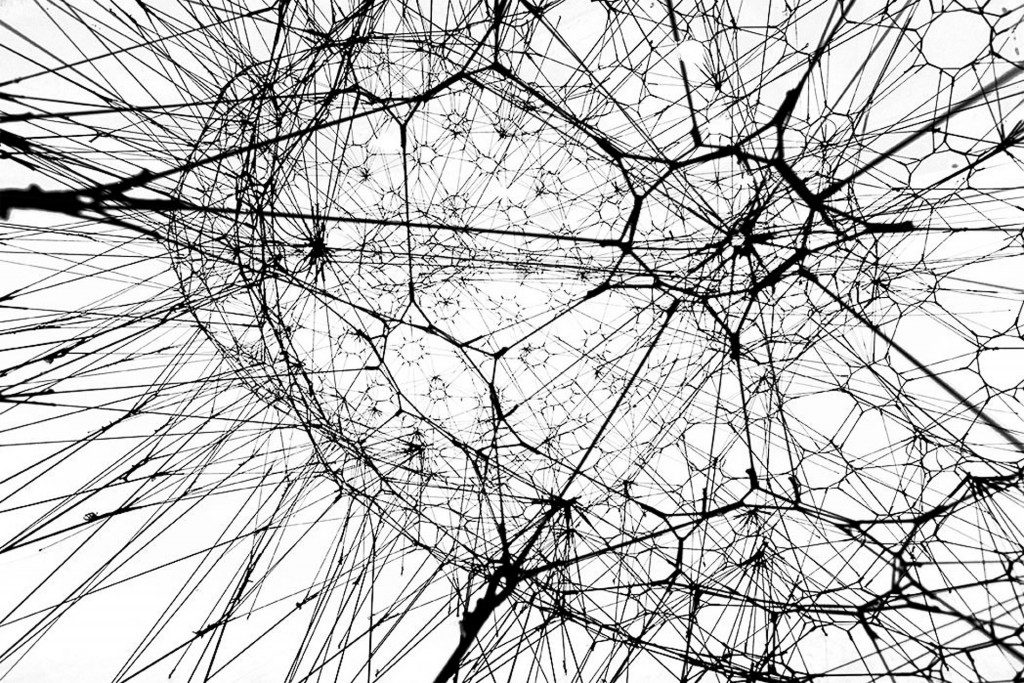






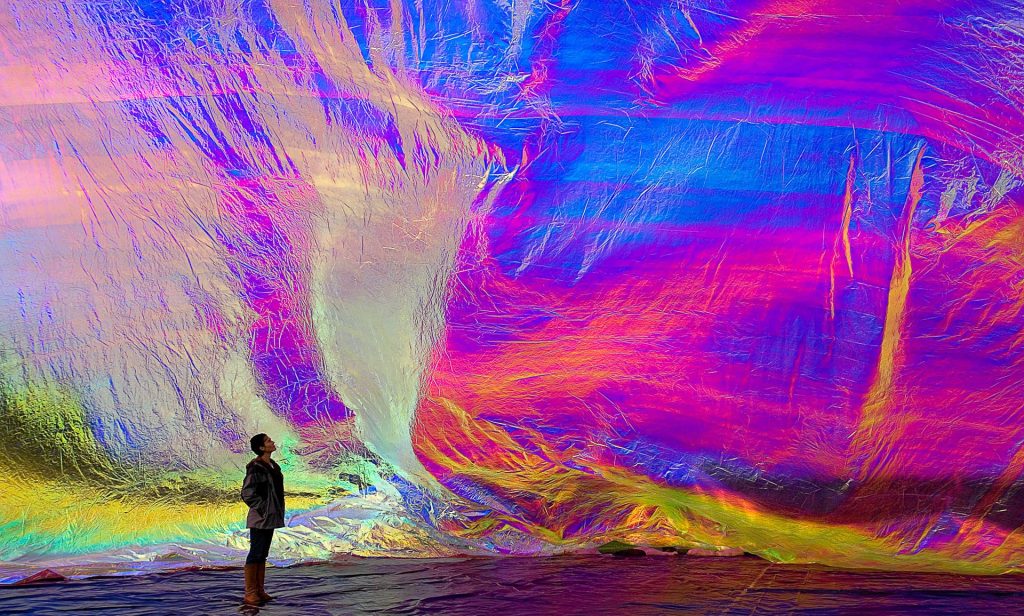






The word “network” has become a ubiquitous designation for technical infrastructures, social relations, geopolitics, mafias, and, of course, our new life online. [footnote Bruno Latour, Reassembling the Social. An Introduction to Actor-Network Theory (Oxford: Oxford University Press, 2005).] But networks, in the way they are usually drawn, have the great visual defect of being “anemic” and “anorexic,” in the words of philosopher Peter Sloterdijk, who has devised a philosophy of spheres and envelopes.[footnote Peter Sloterdijk, Sphären III – Schäume (Frankfurt: Suhrkamp, 2004) [partial translation: Peter Sloterdijk, Terror from the Air, trans. Amy Patton & Steve Corcoran (Los Angeles: Semiotext(e), 2009)]]; see also Peter Sloterdijk, “Foreword to the Theory of Spheres,” in Cosmograms, ed. Melik Ohanian and Jean-Christophe Royoux (New York and Berlin: Lukas and Sternberg, 2005) 223–241, see →.] Unlike networks, spheres are not anemic, not just points and links, but complex ecosystems in which forms of life define their “immunity” by devising protective walls and inventing elaborate systems of air conditioning. Inside those artificial spheres of existence, through a process Sloterdijk calls “anthropotechnics,” humans are born and raised. The two concepts of networks and spheres are clearly in contradistinction to one another: while networks are good at describing long-distance and unexpected connections starting from local points, spheres are useful for describing local, fragile, and complex “atmospheric conditions”—another of Sloterdijk’s terms. Networks are good at stressing edges and movements; spheres at highlighting envelopes and wombs.
Of course, both notions are indispensable for registering the originality of what is called “globalization,” an empty term that is unable to define from which localities, and through which connections, the “global” is assumed to act. Most people who enjoy speaking of the “global world” live in narrow, provincial confines with few connections to other equally provincial abodes in far away places. Academia is one case. So is Wall Street. One thing is certain: the globalized world has no “globe” inside which it could reside. As for Gaia, the goddess of the Earth, we seem to have great difficulty housing her inside our global view, and even more difficulty housing ourselves inside her complex cybernetic feedbacks. It is the globe that is most absent in the era of globalization. Bad luck: when we had a globe during the classical age of discoveries and empire, there was no globalization; and now that we have to absorb truly global problems…
Excerpt from Bruno Latour, Some Experiments in Art and Politics. Eflux, March 2011.








...